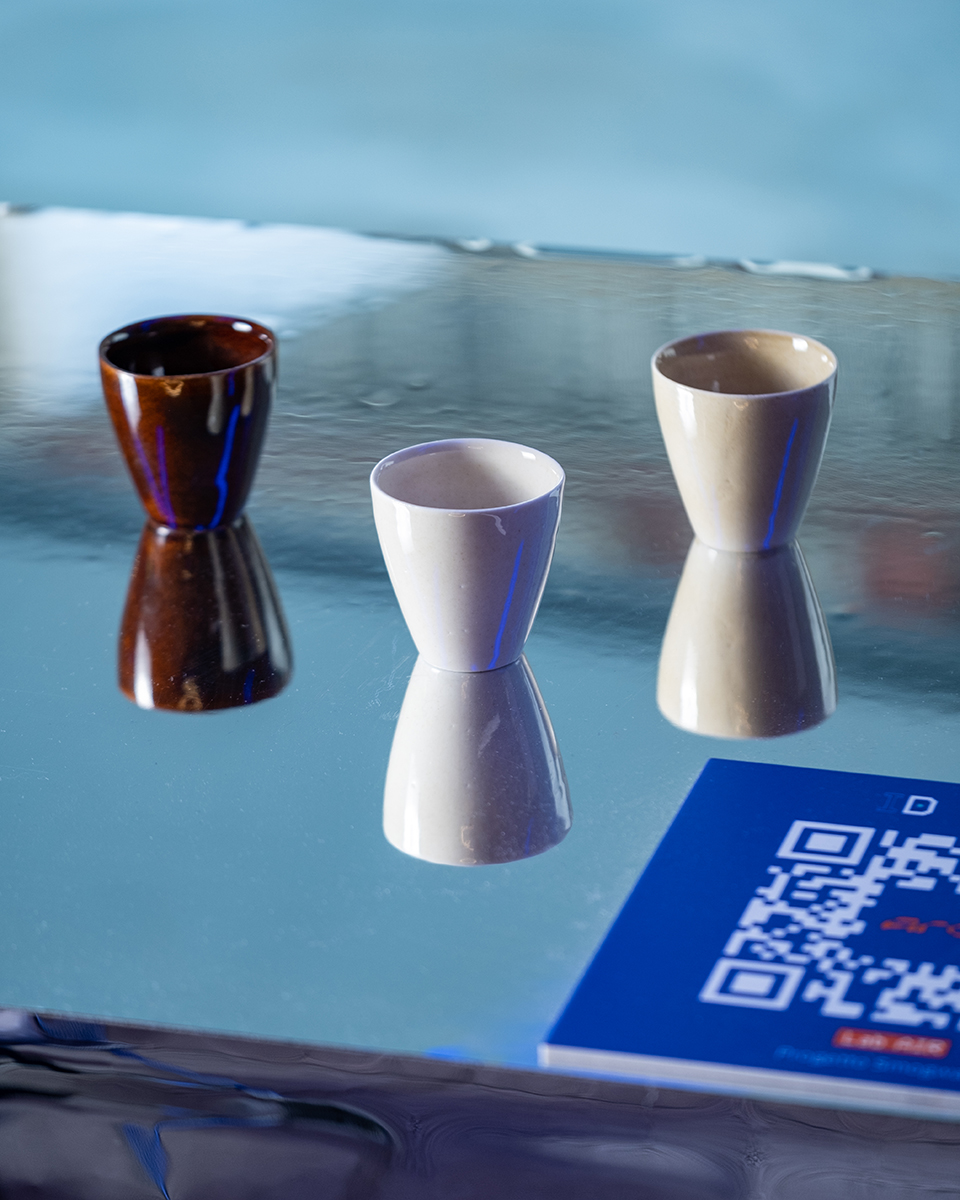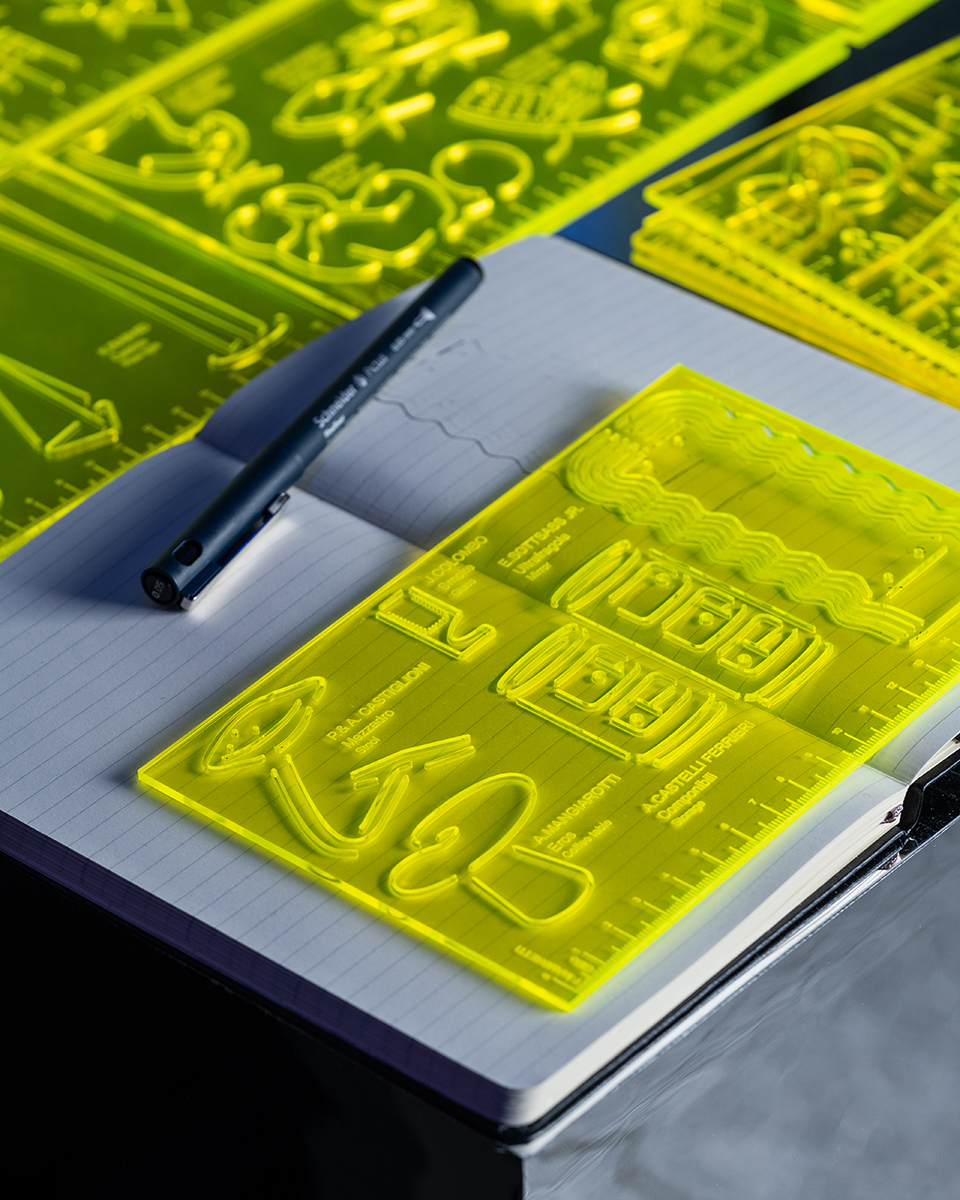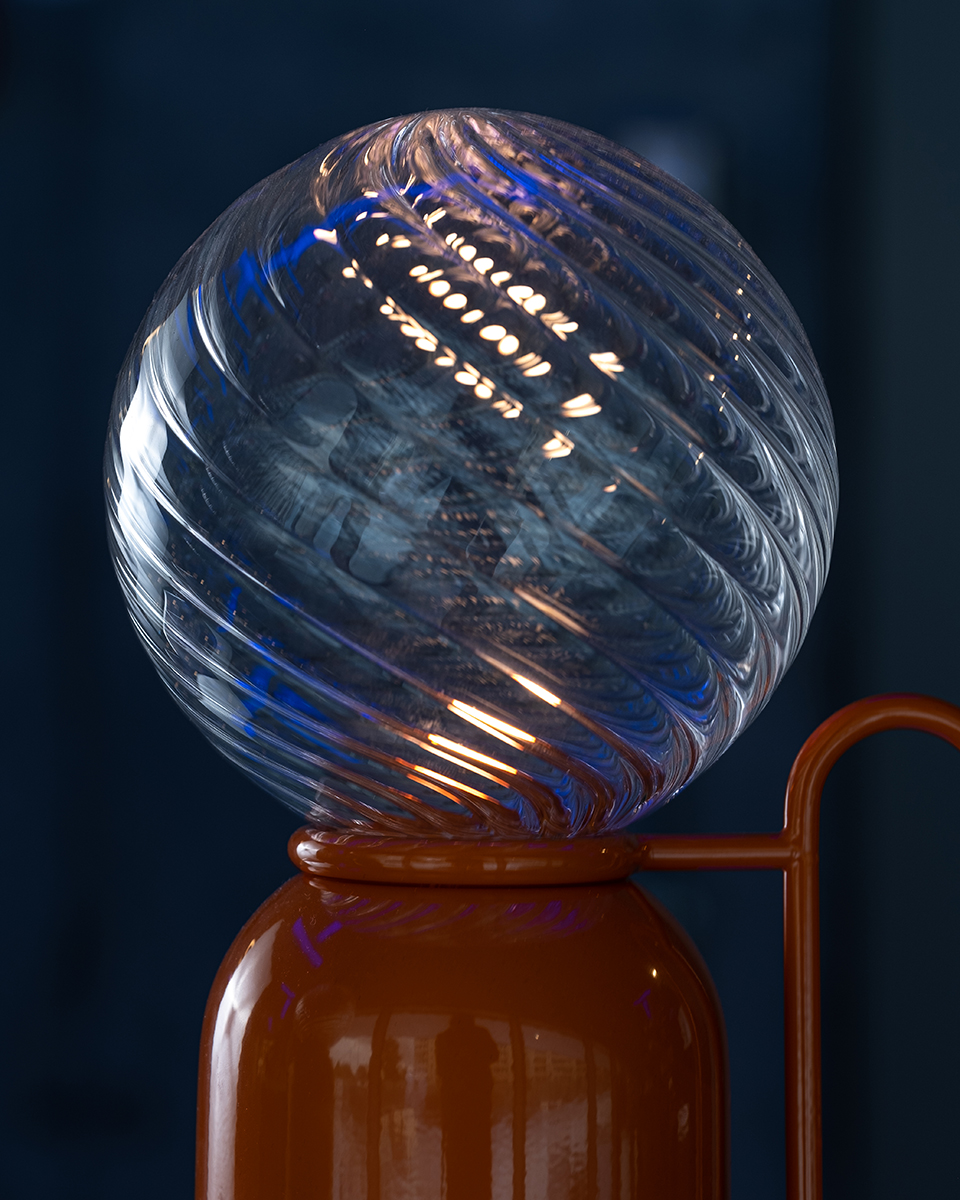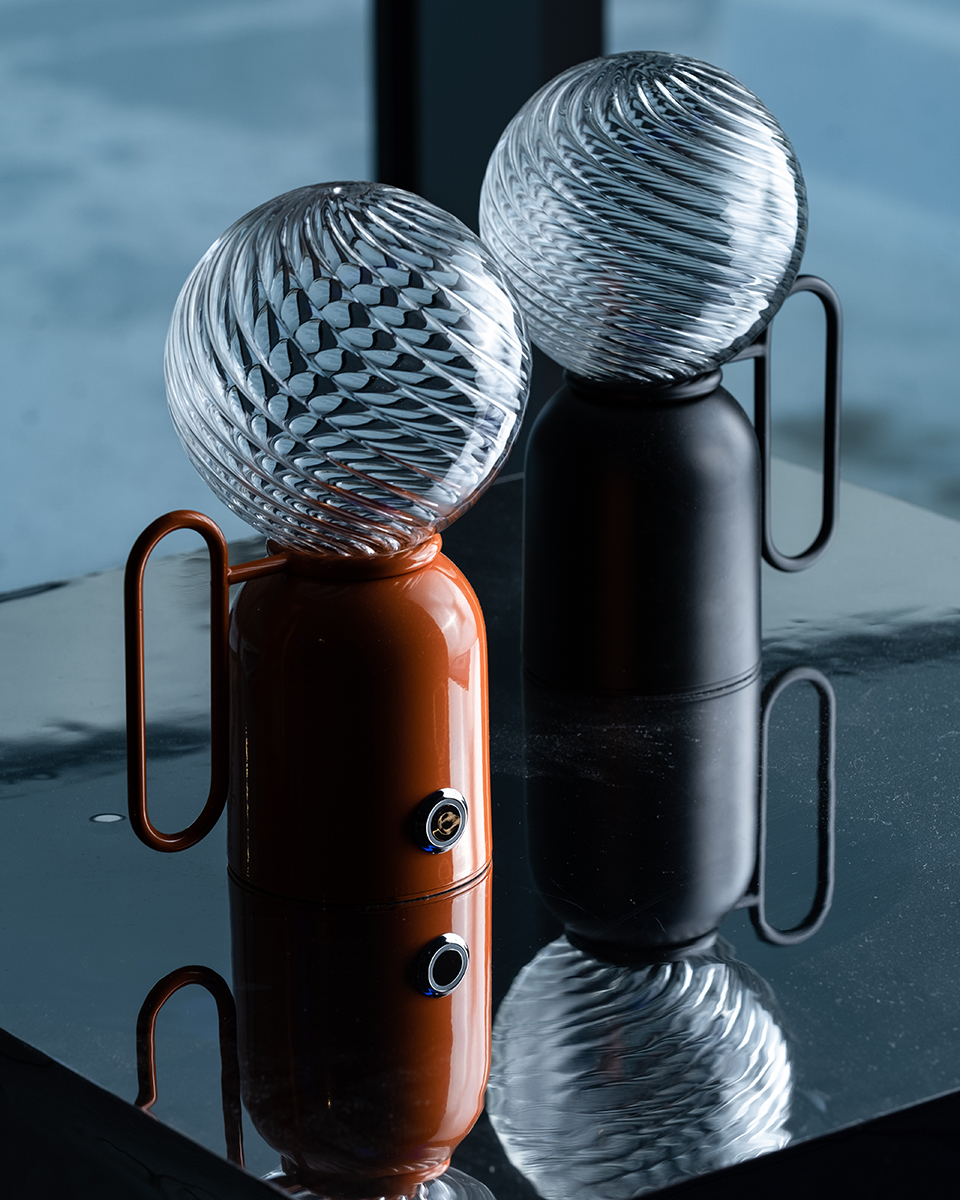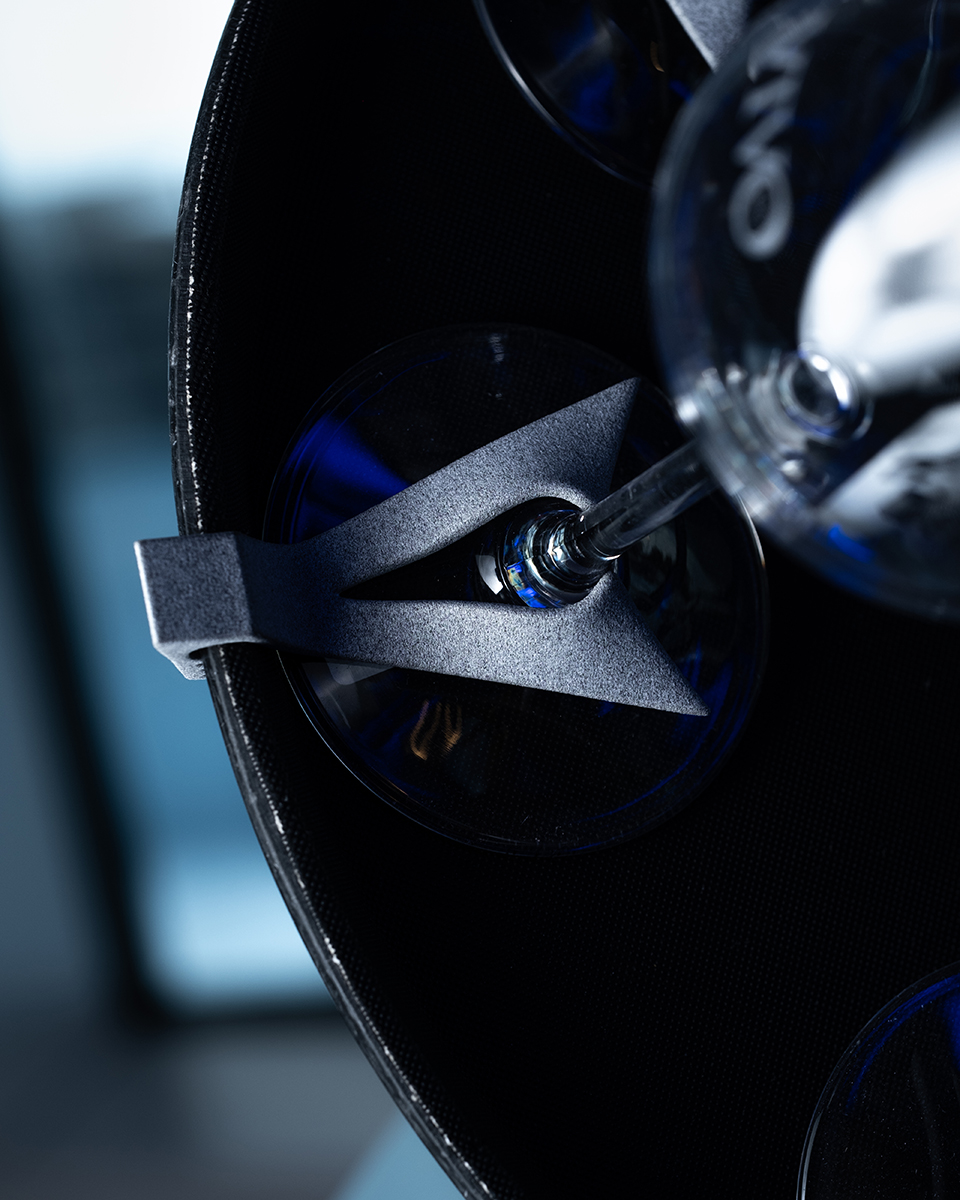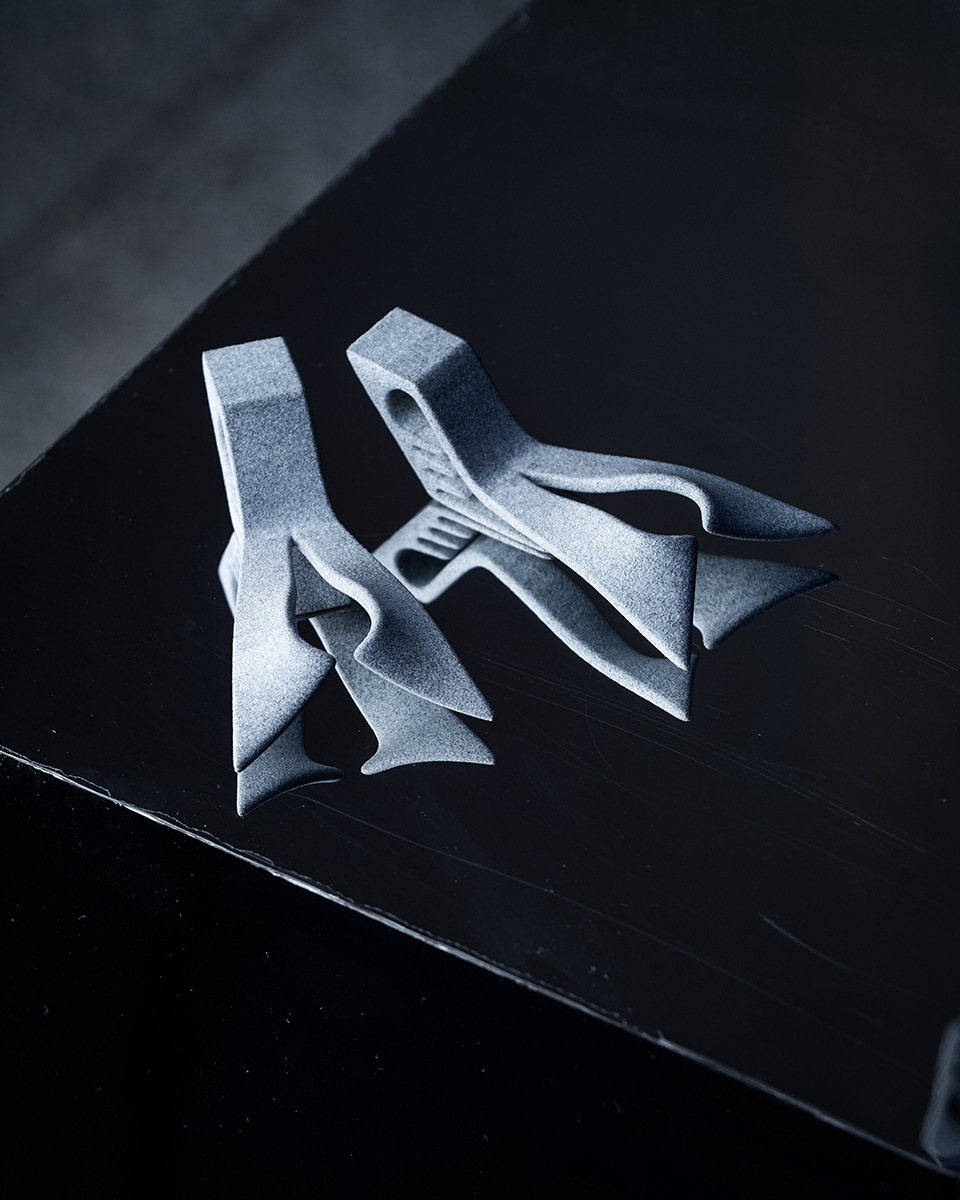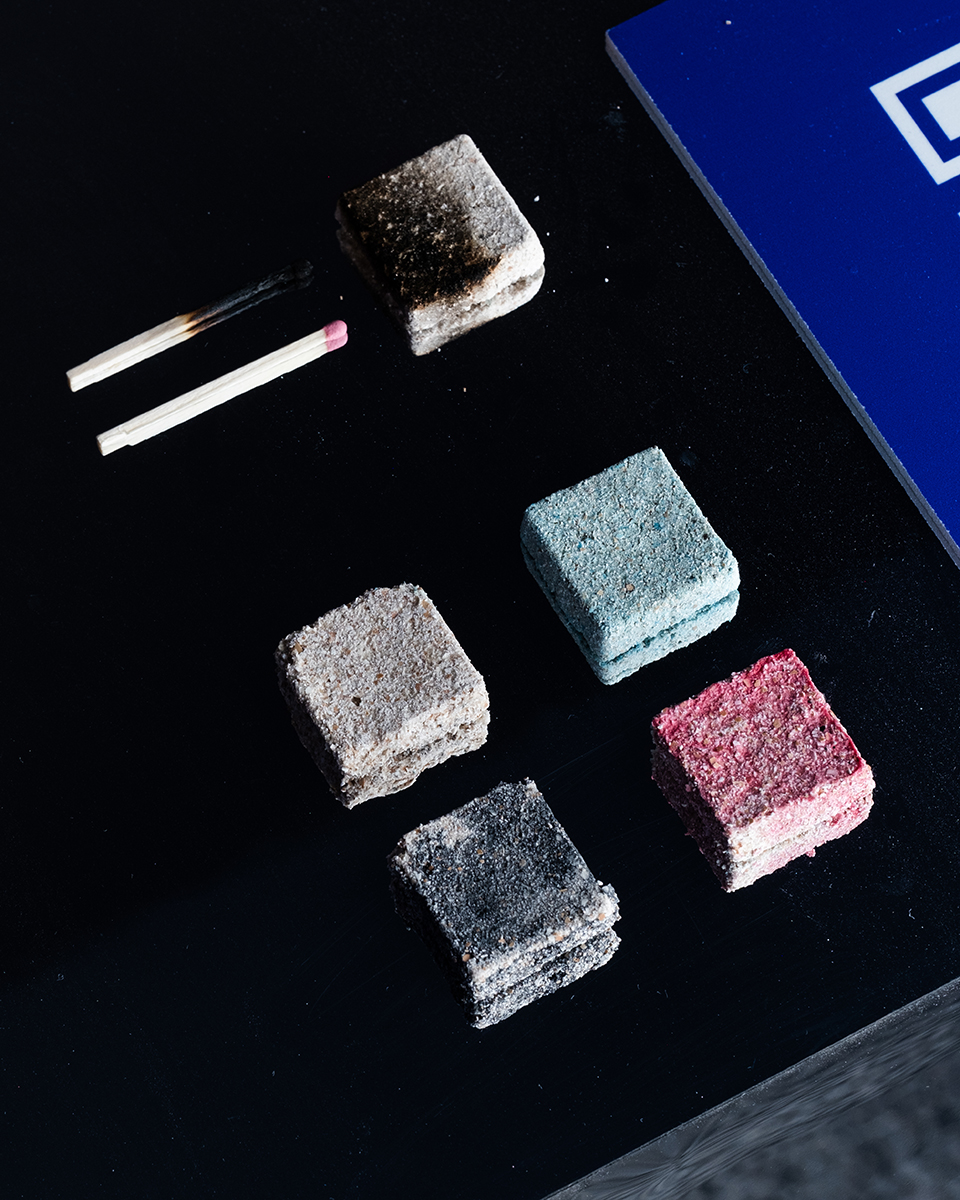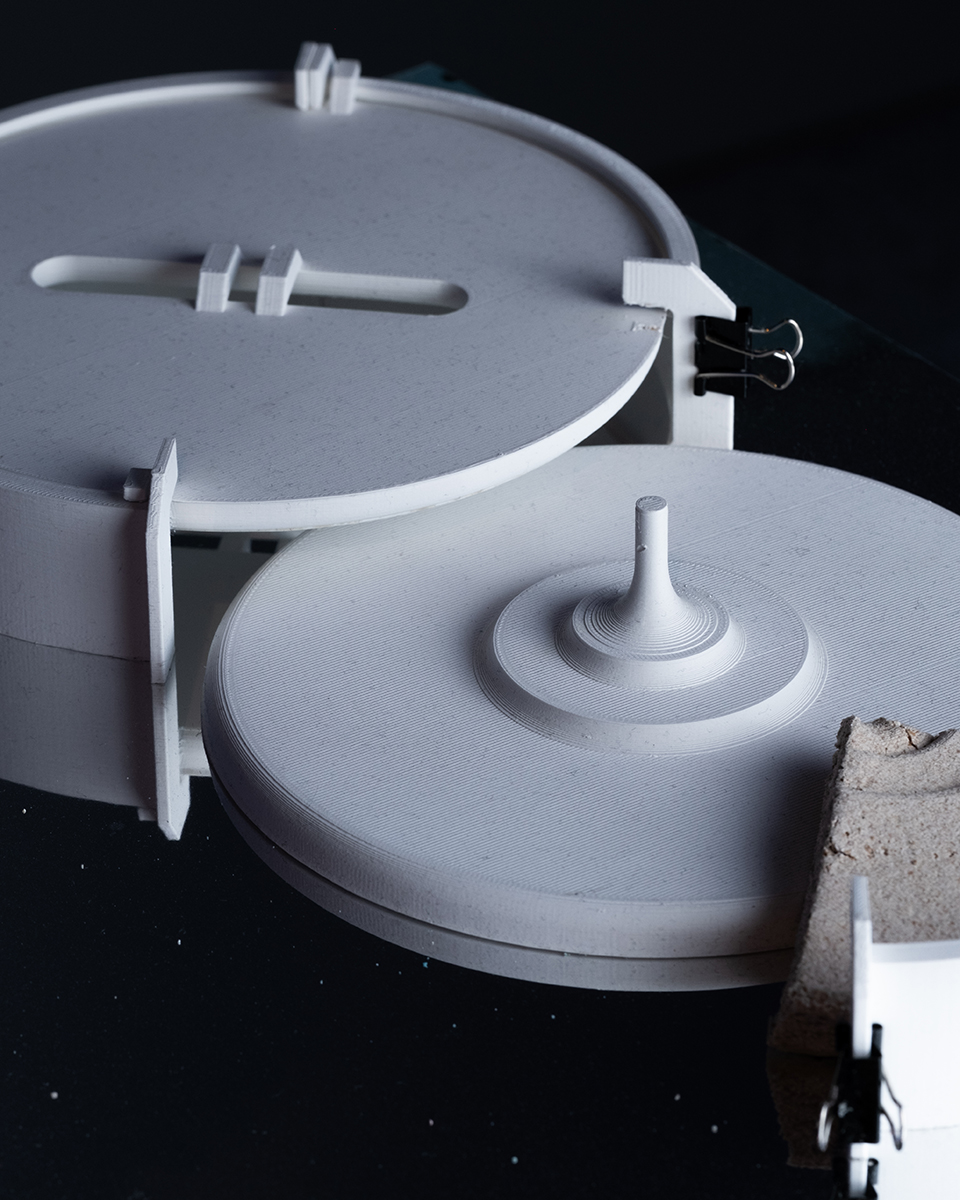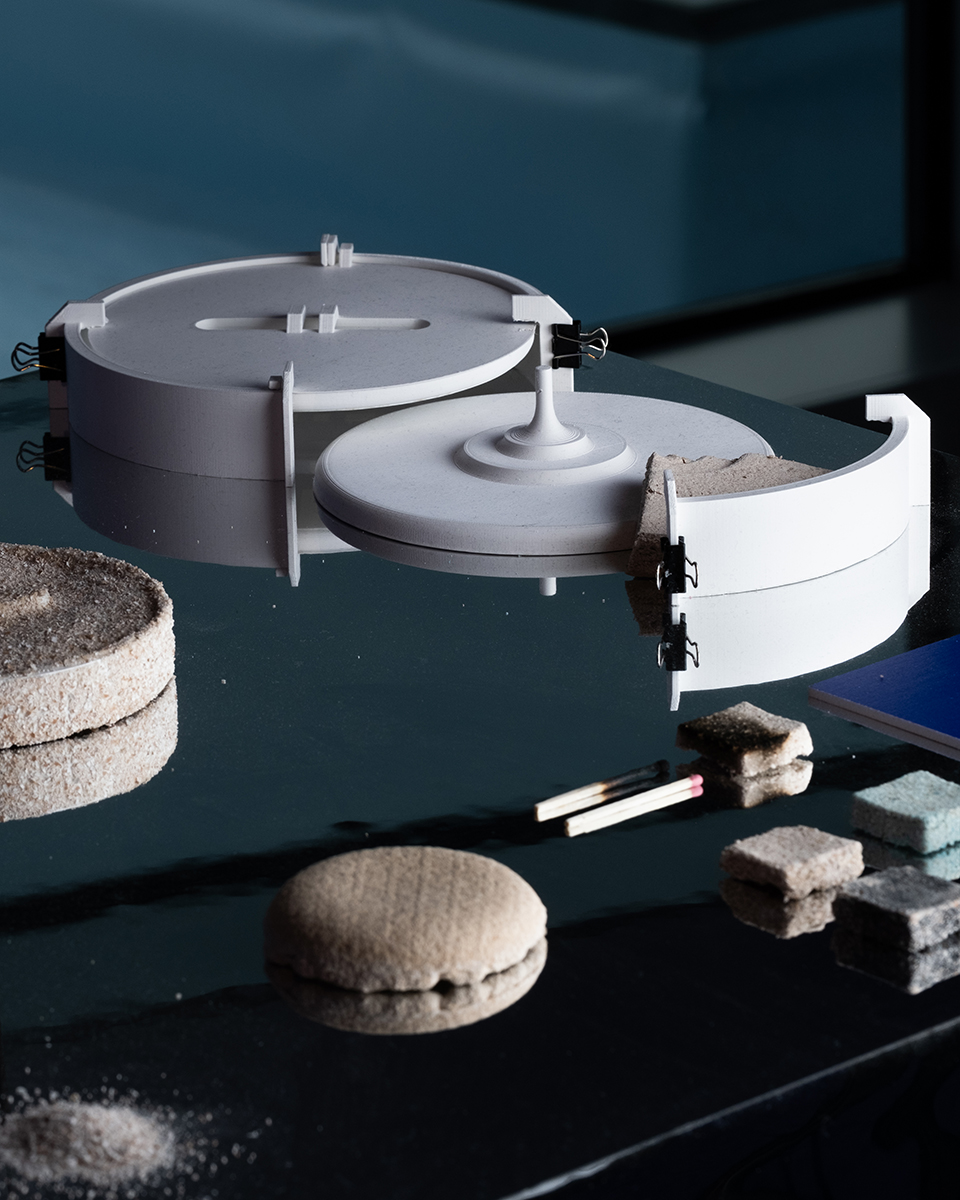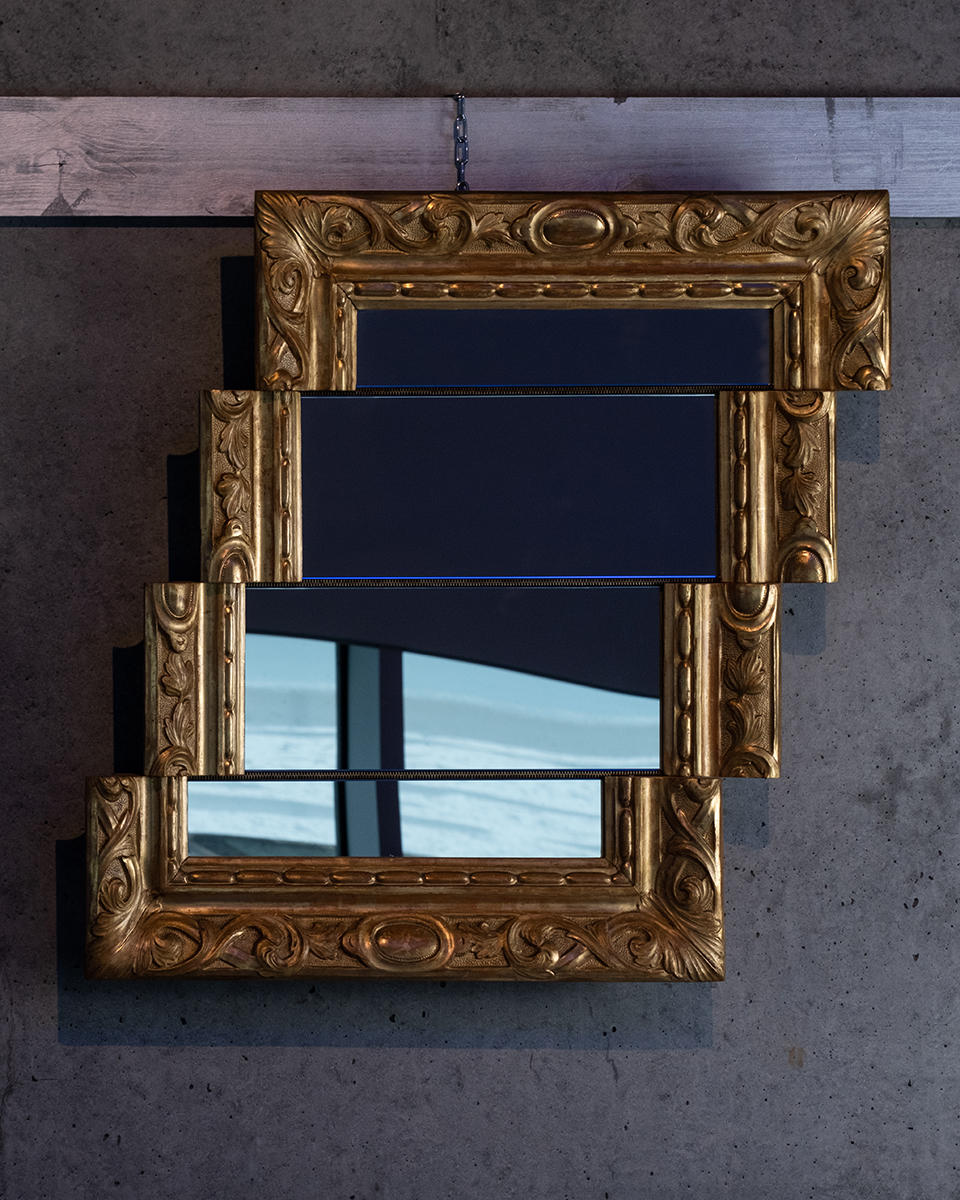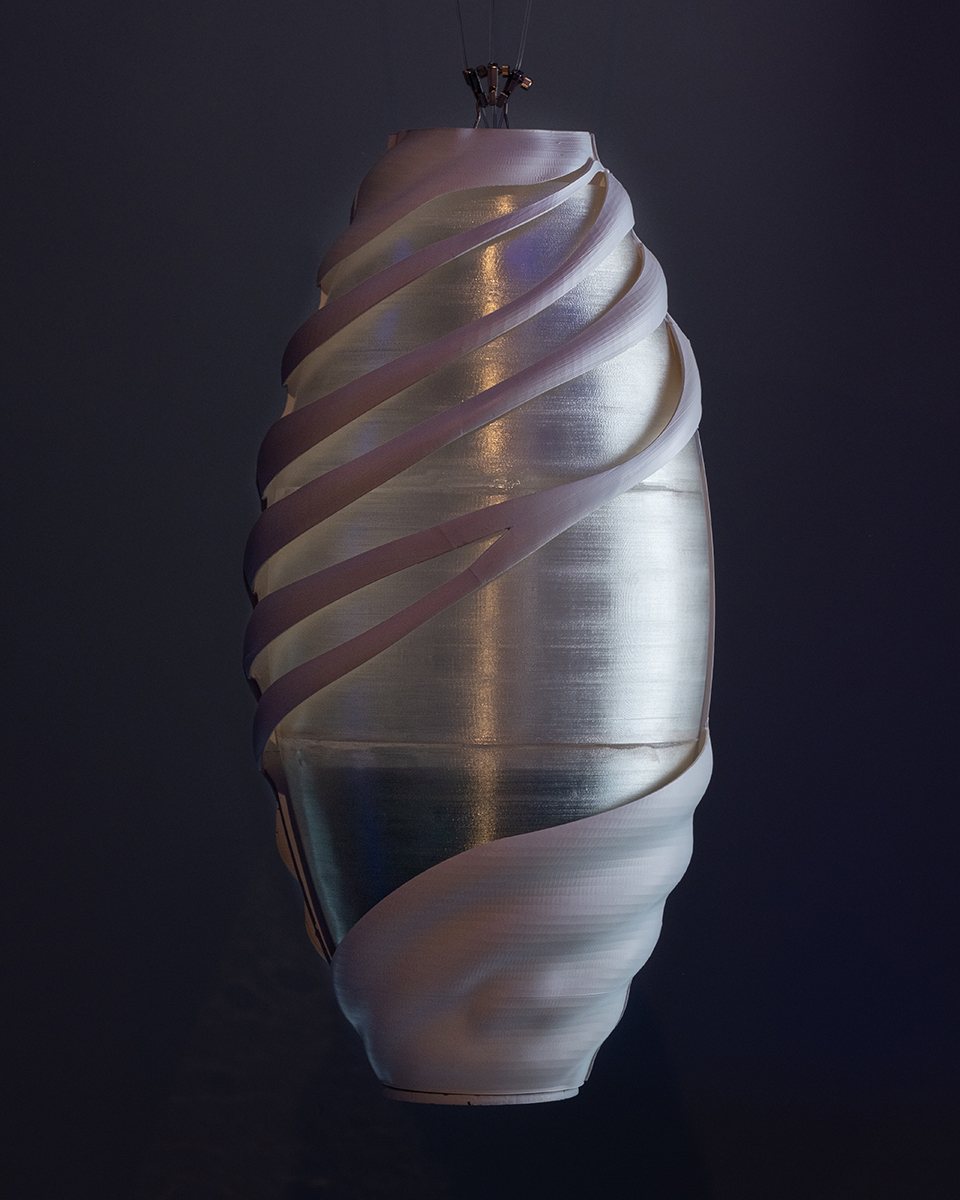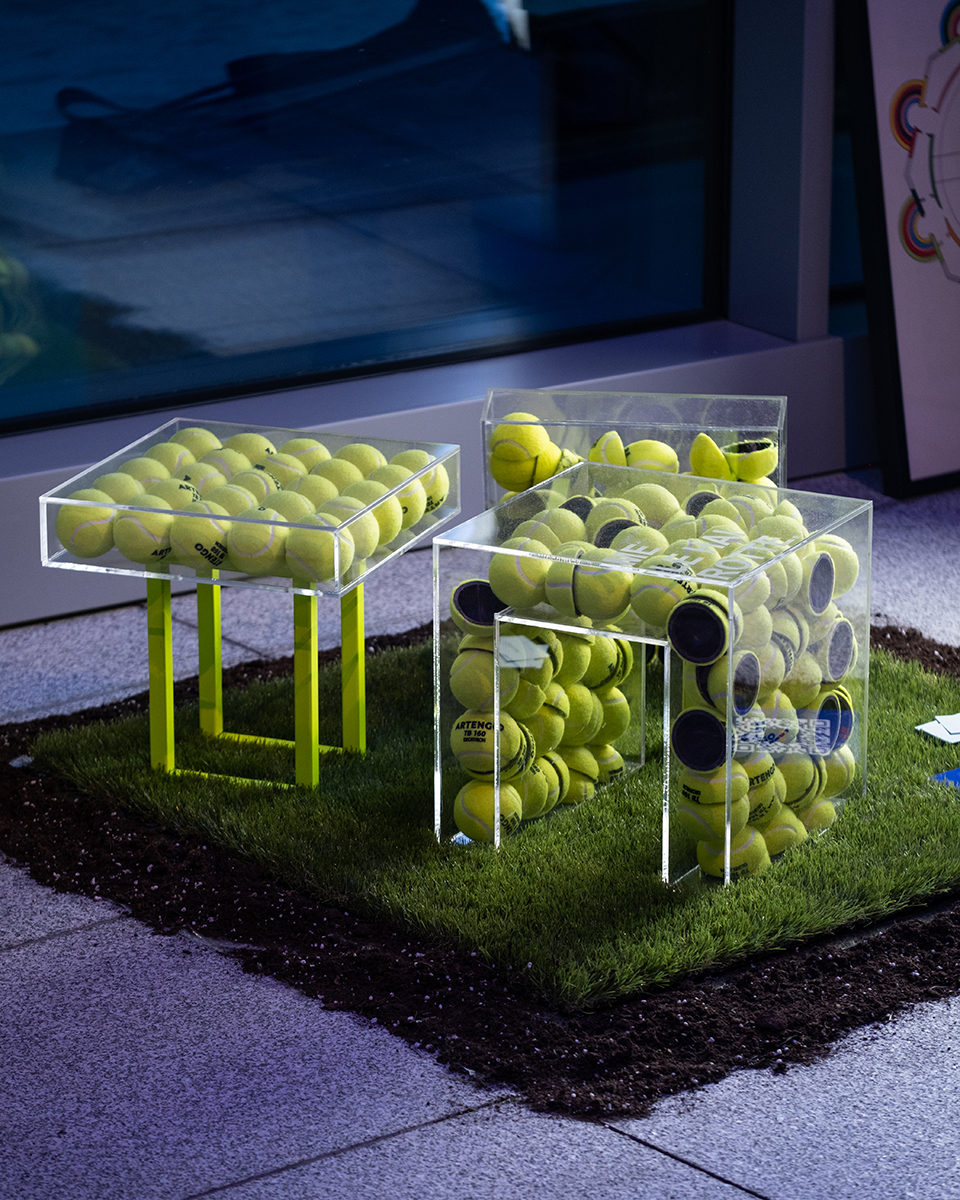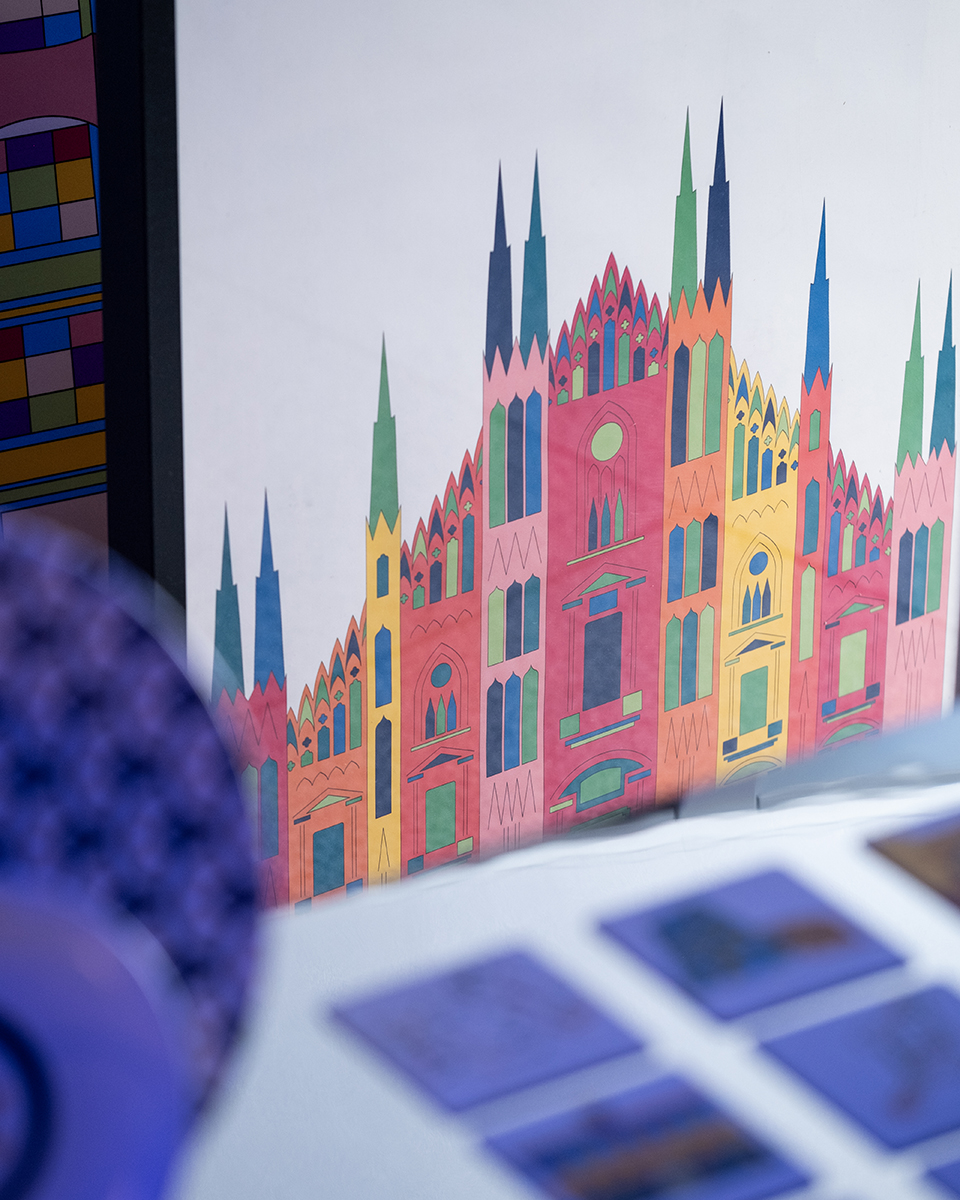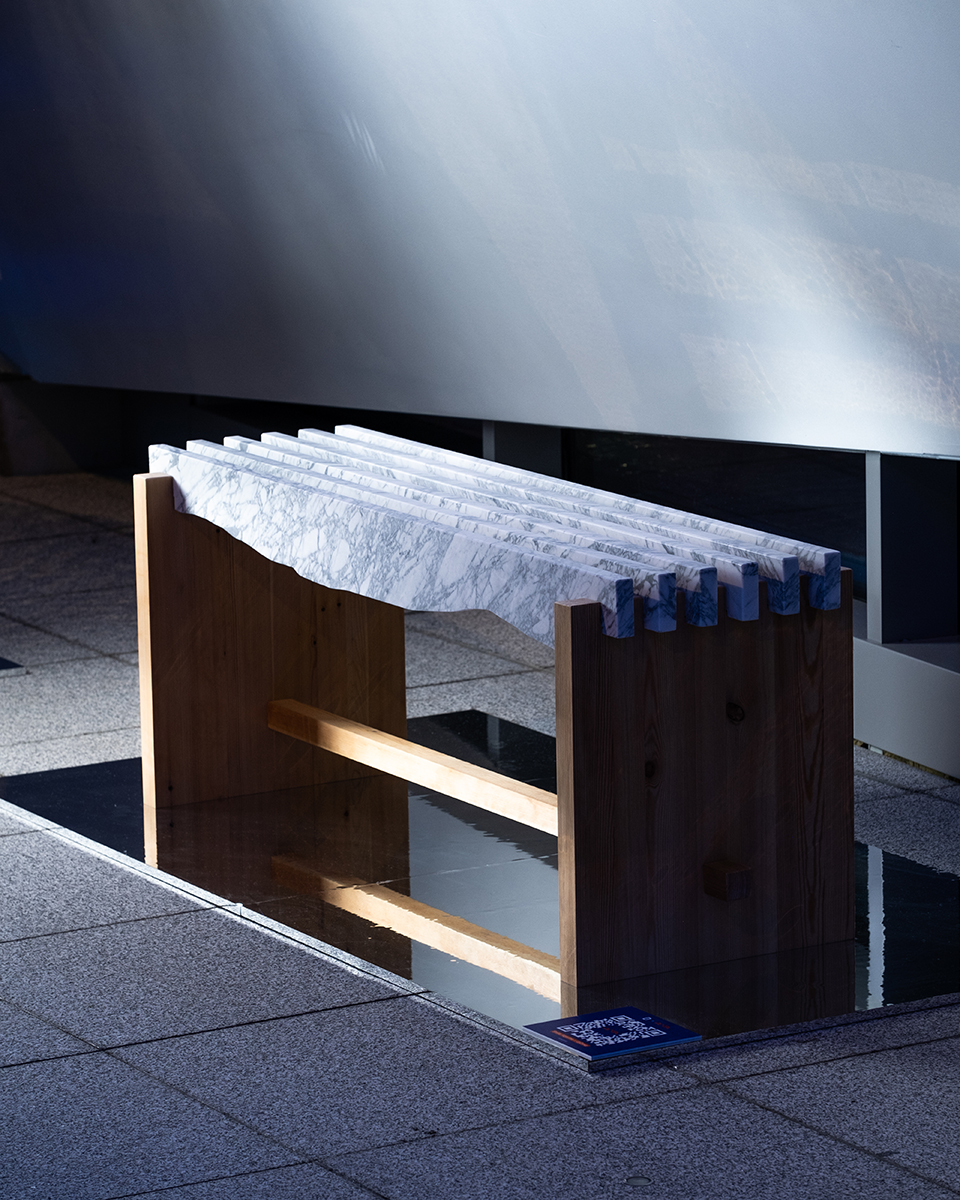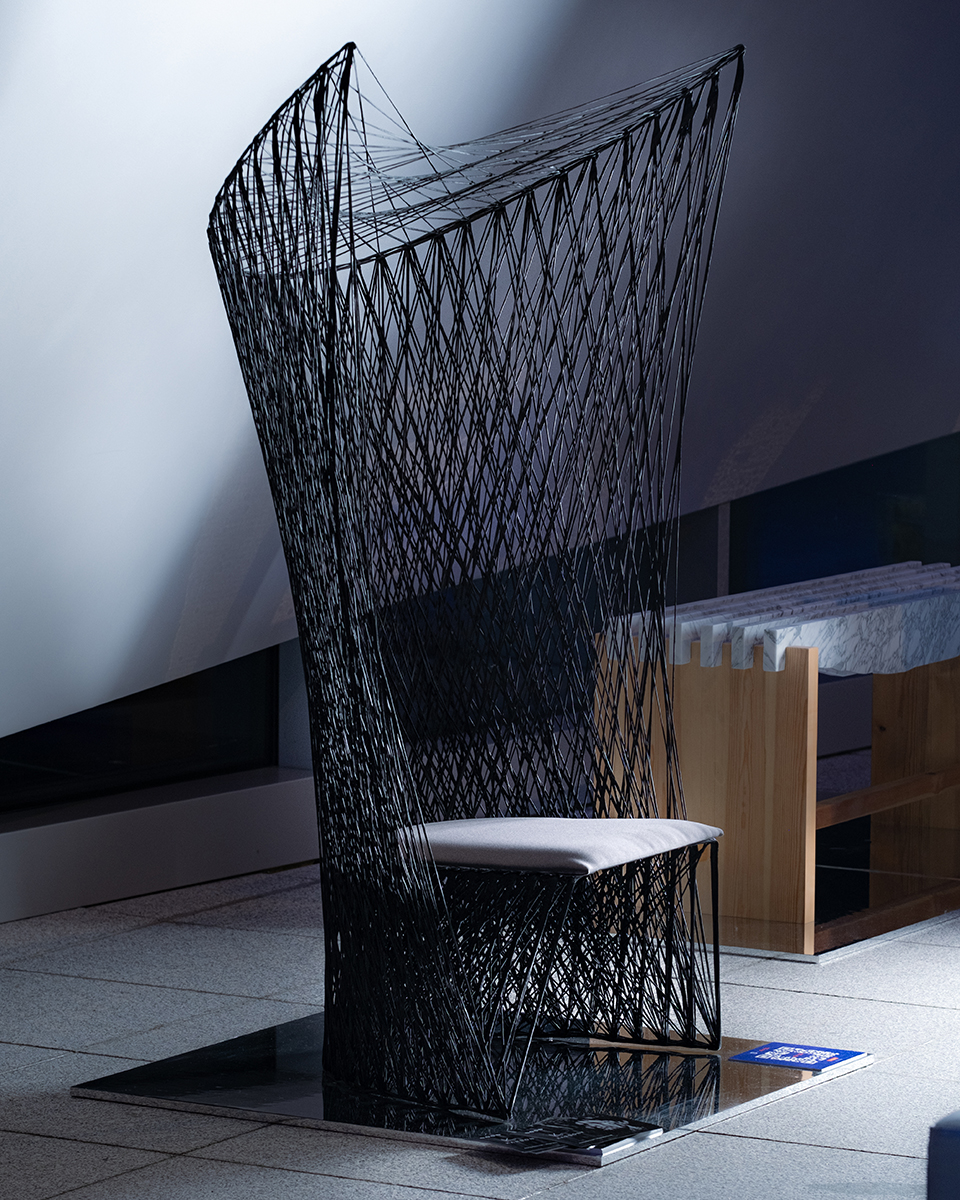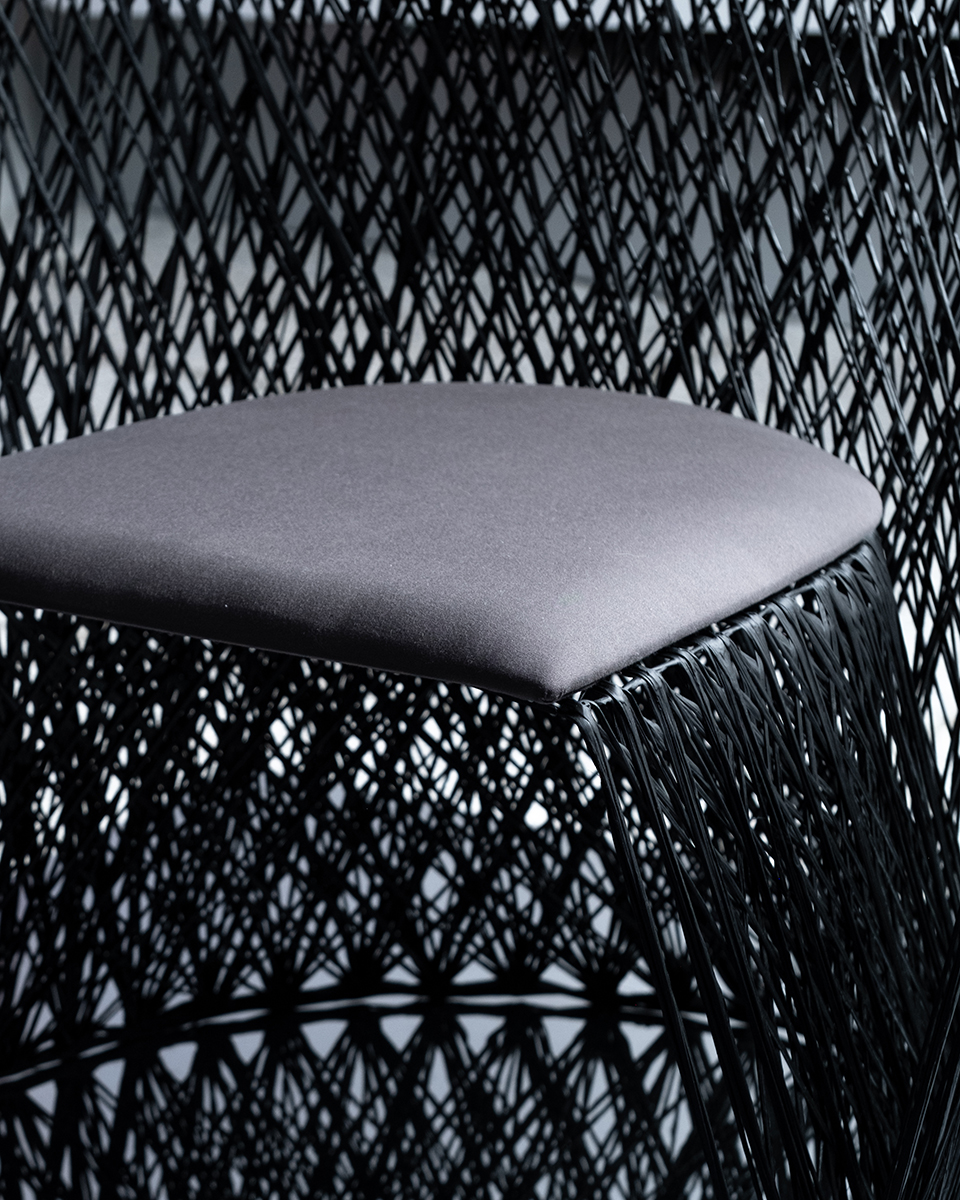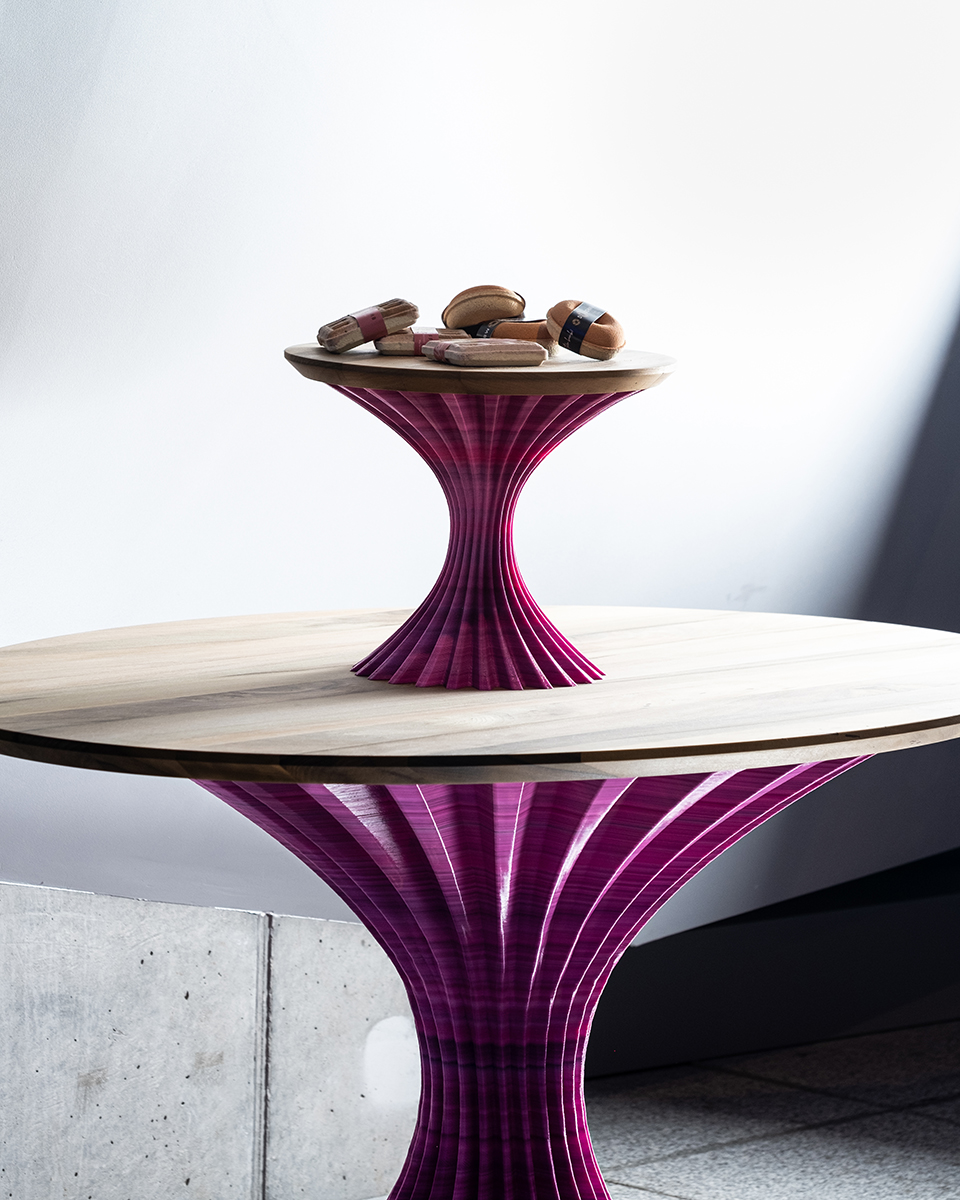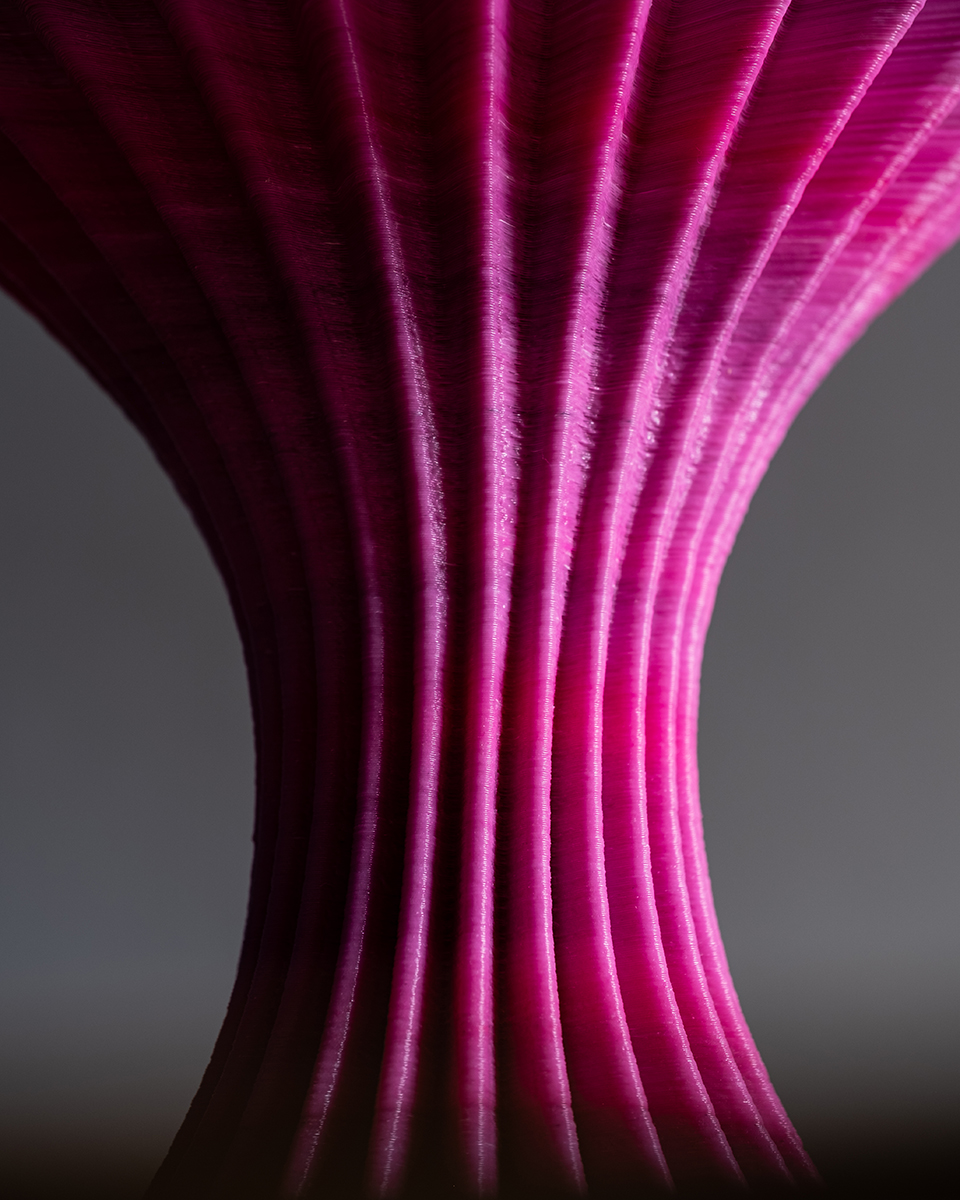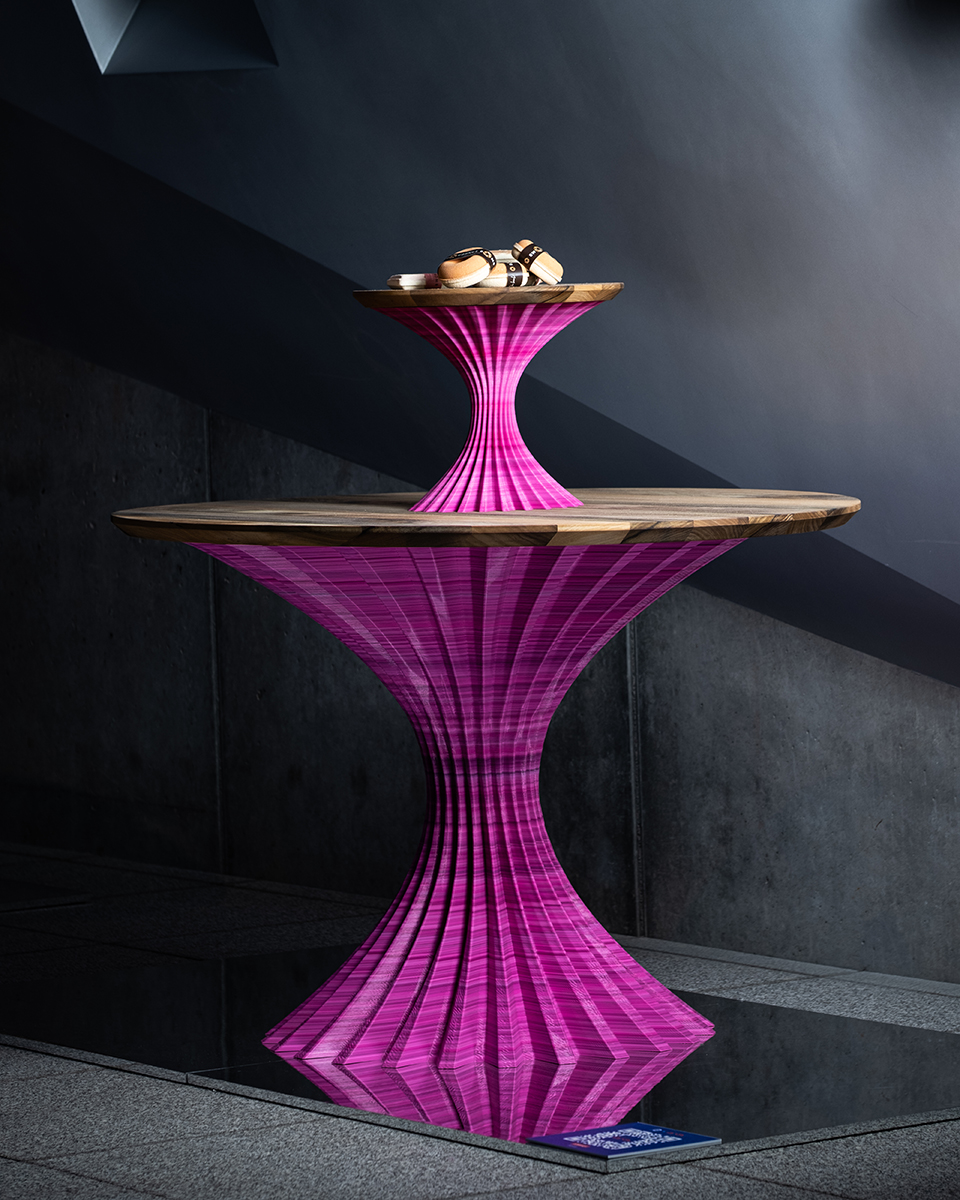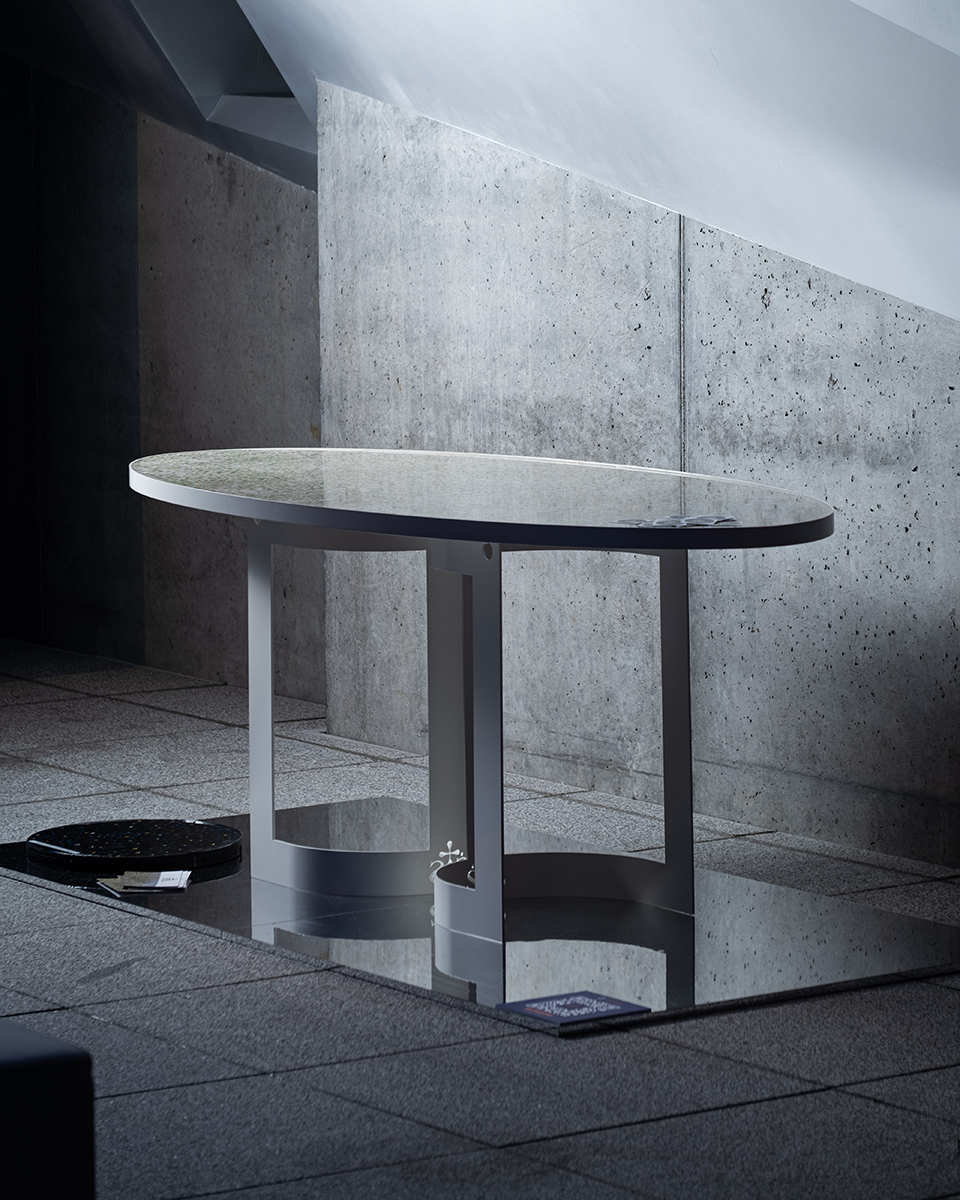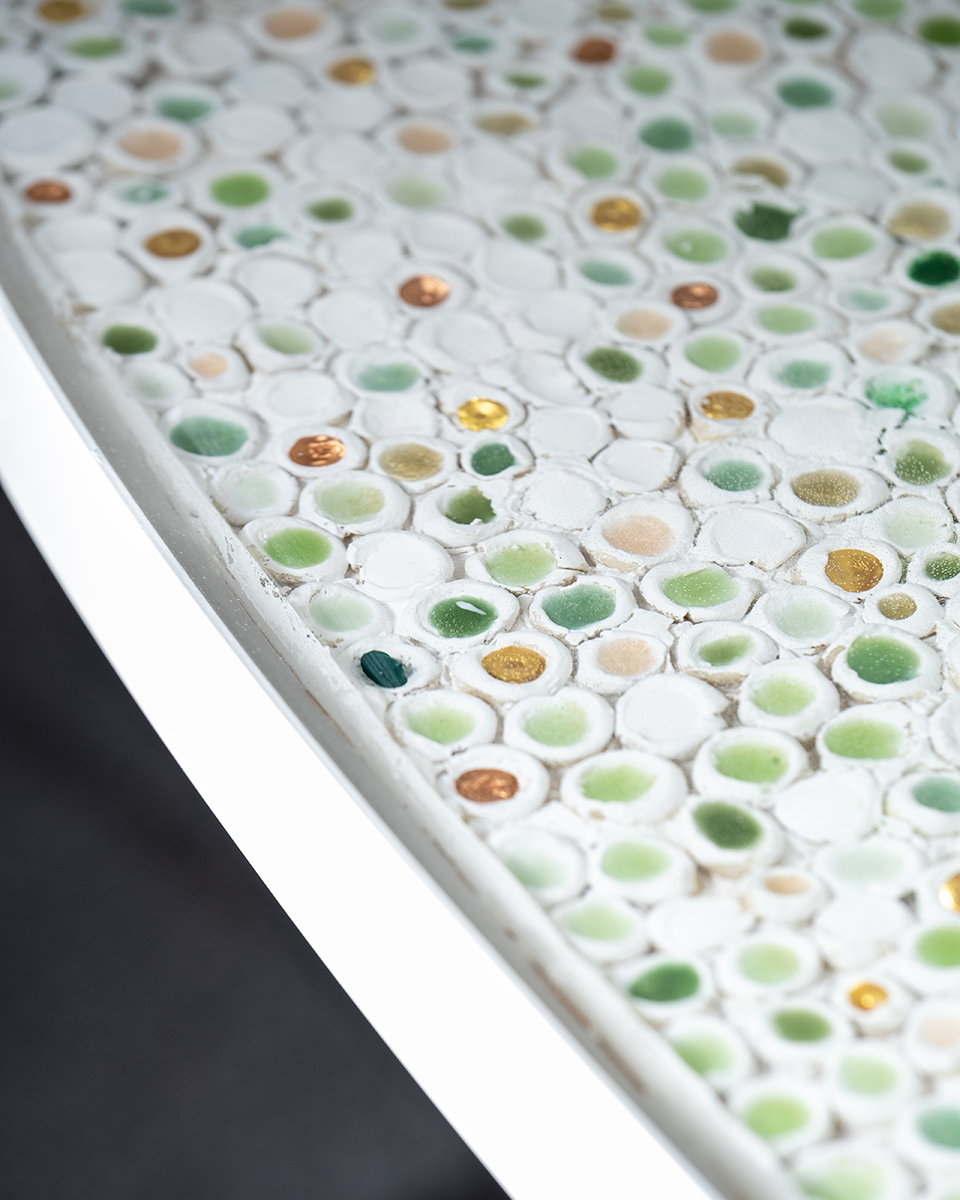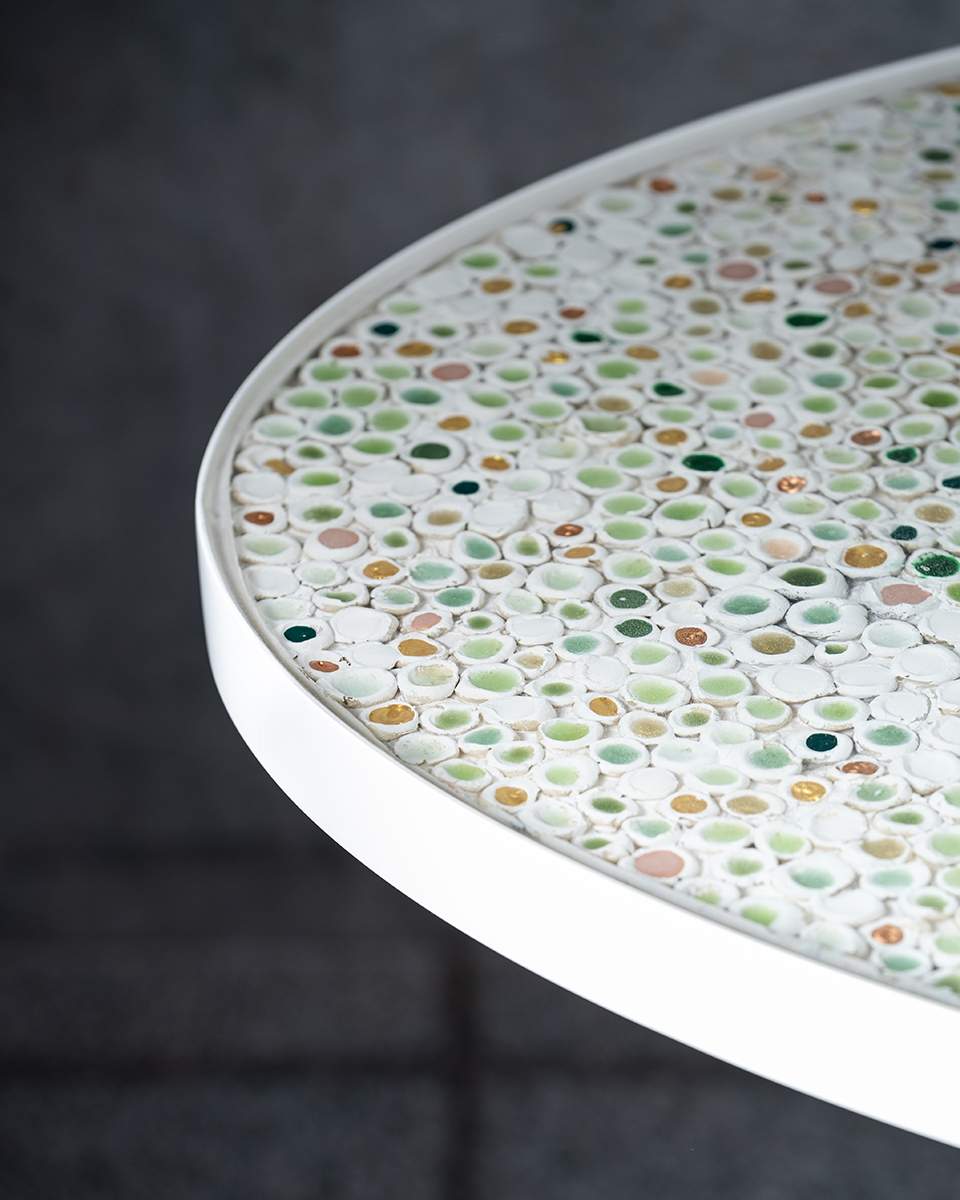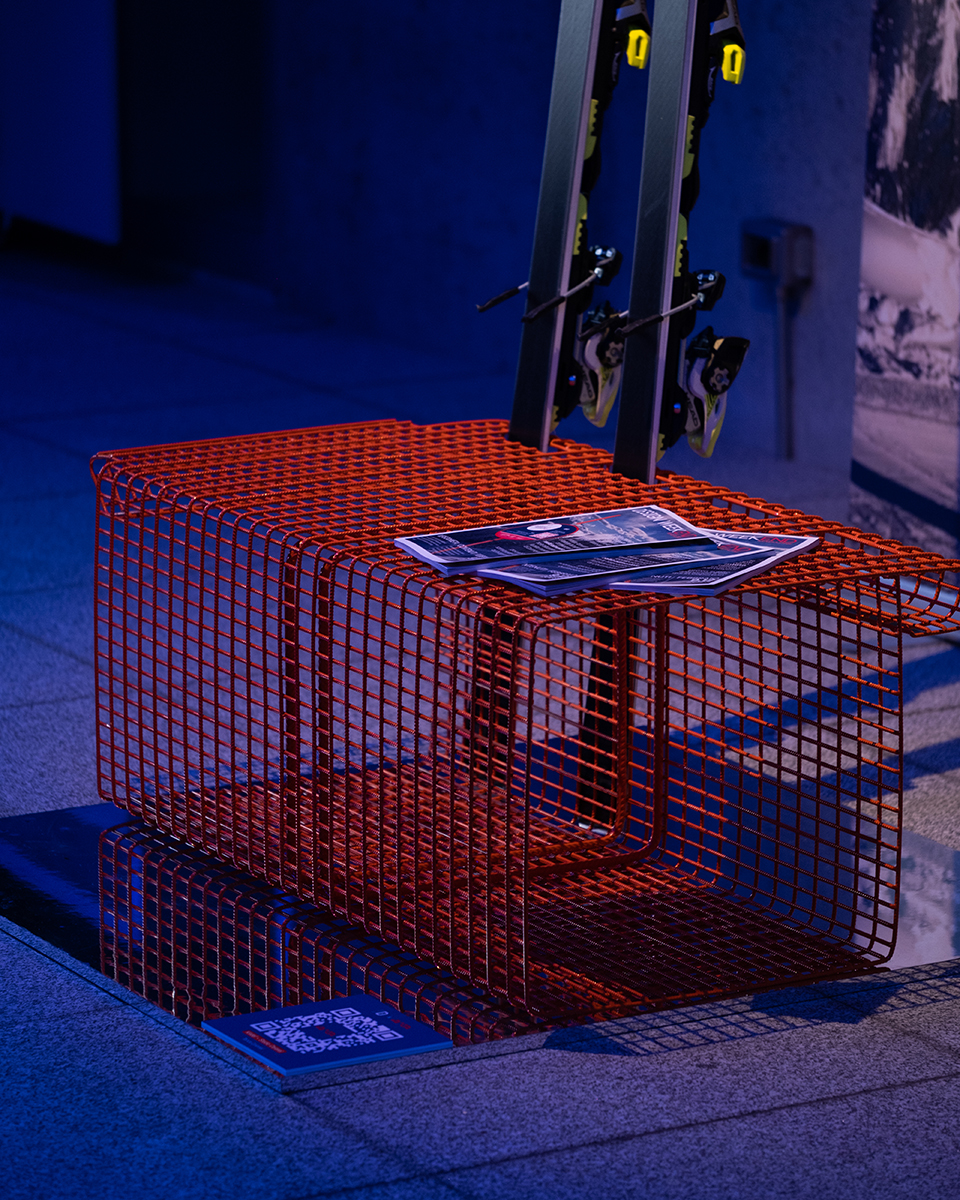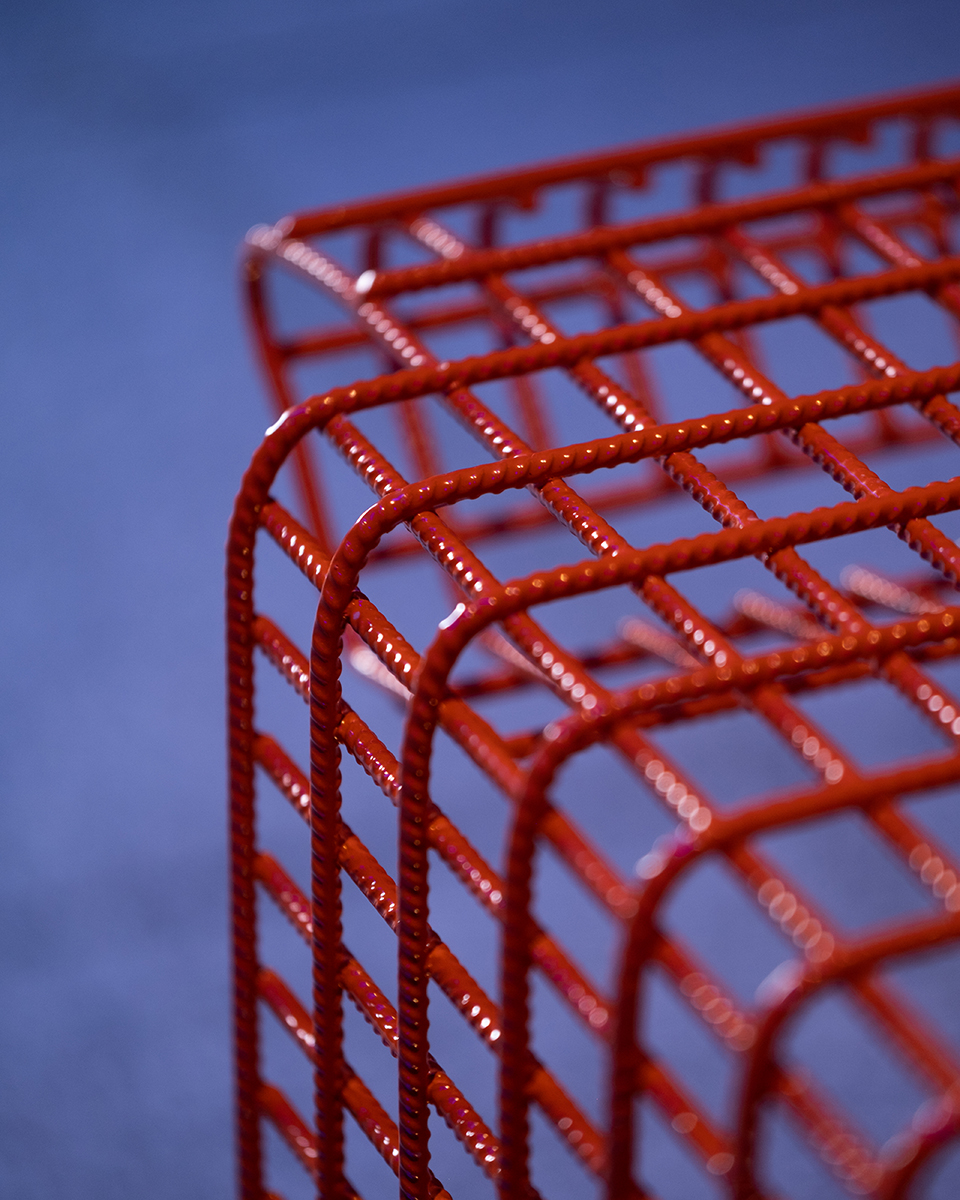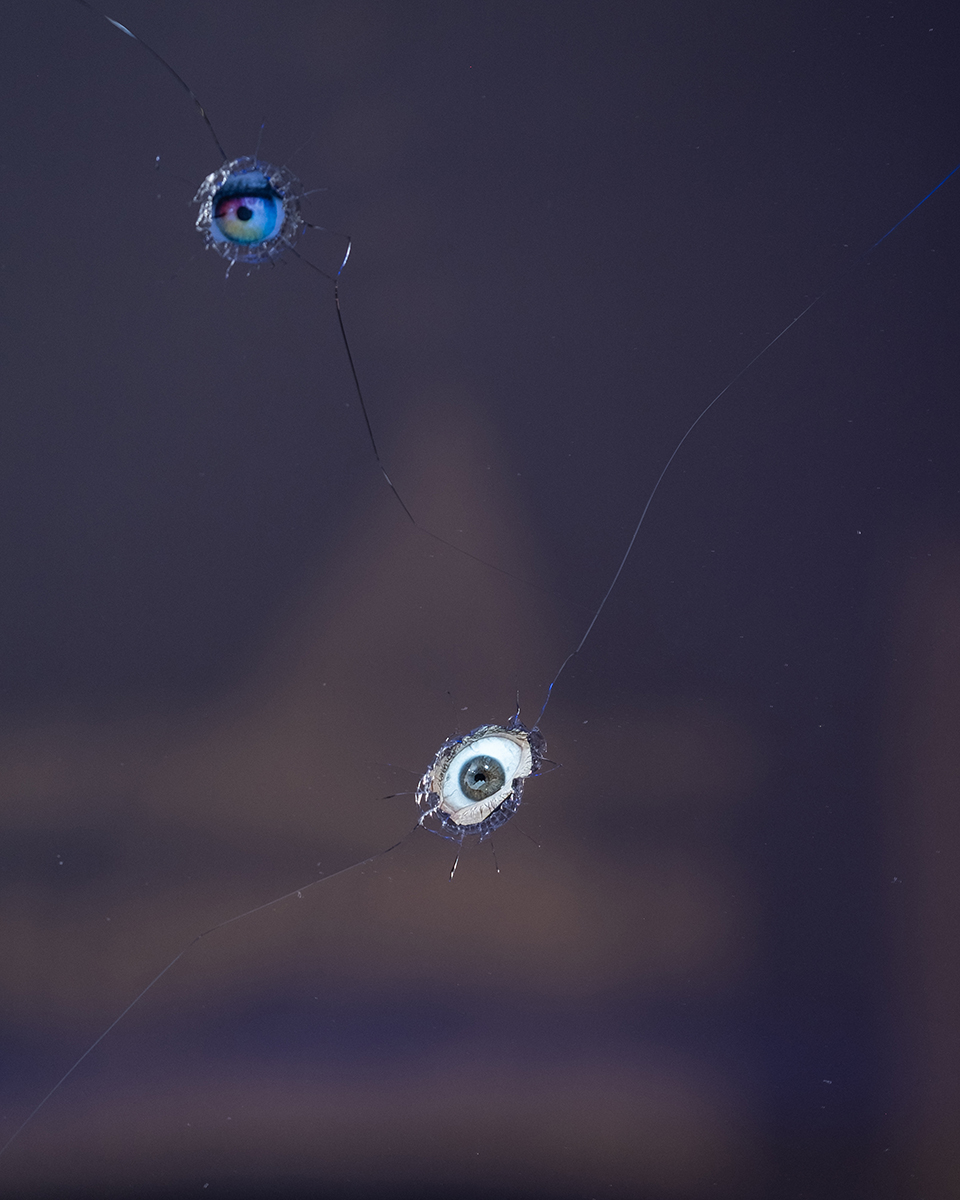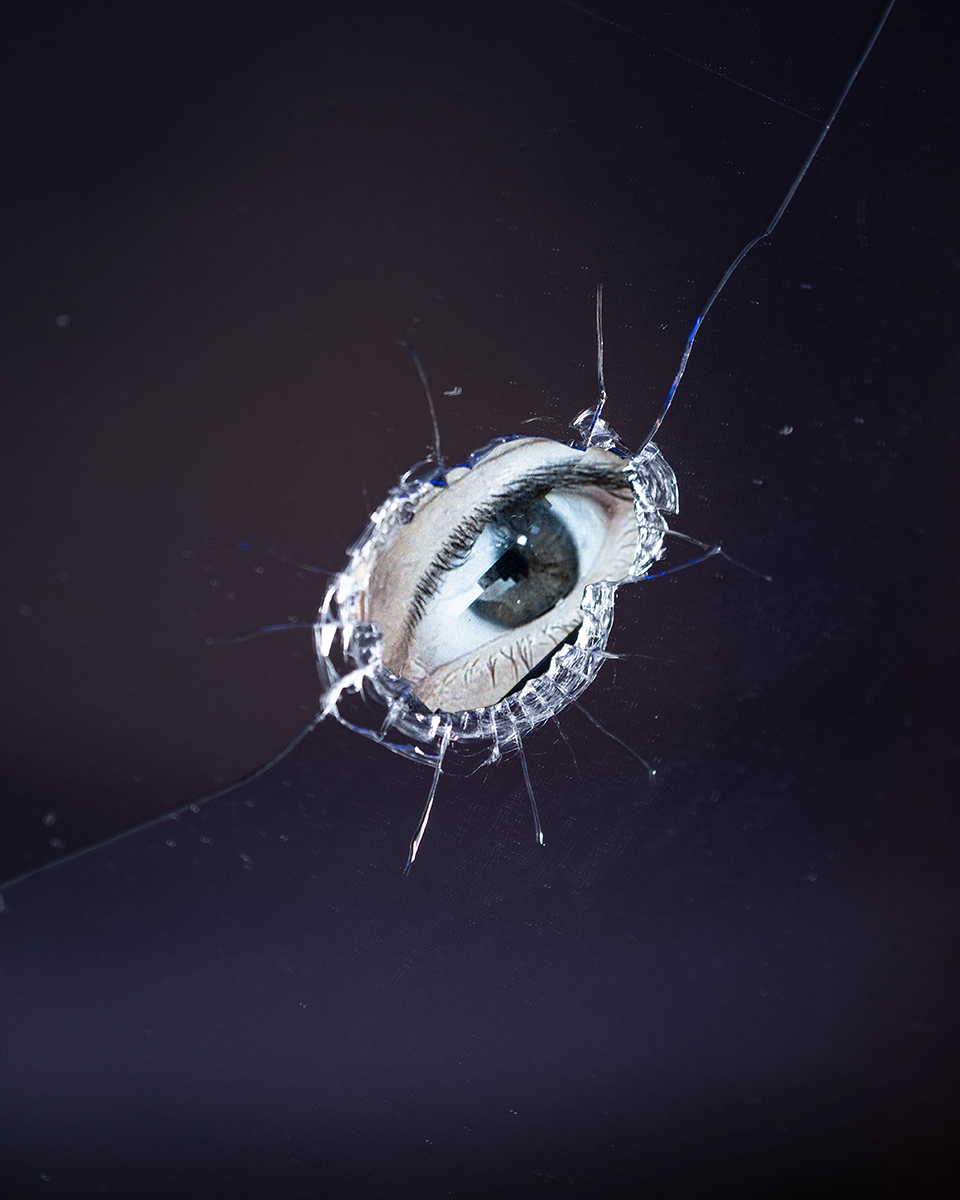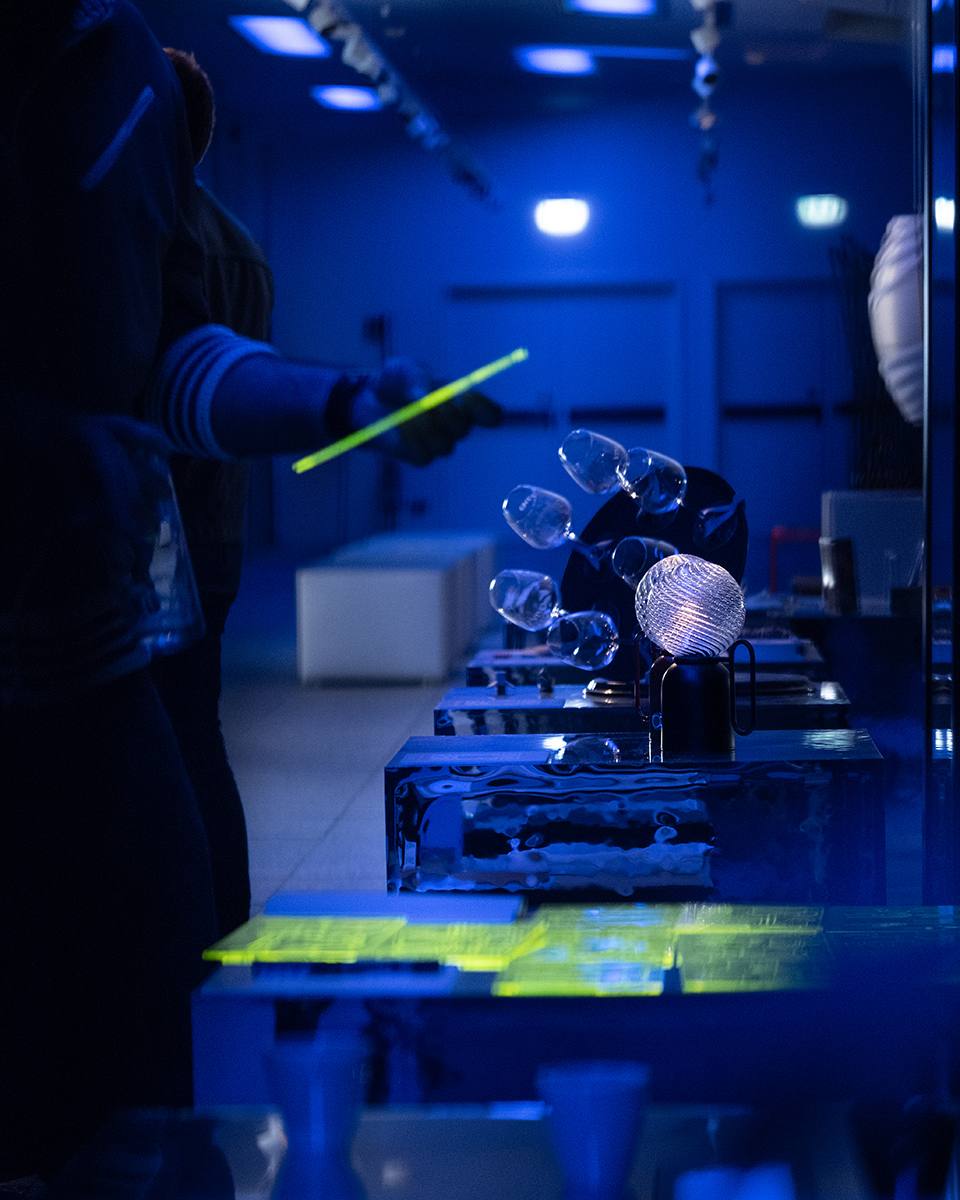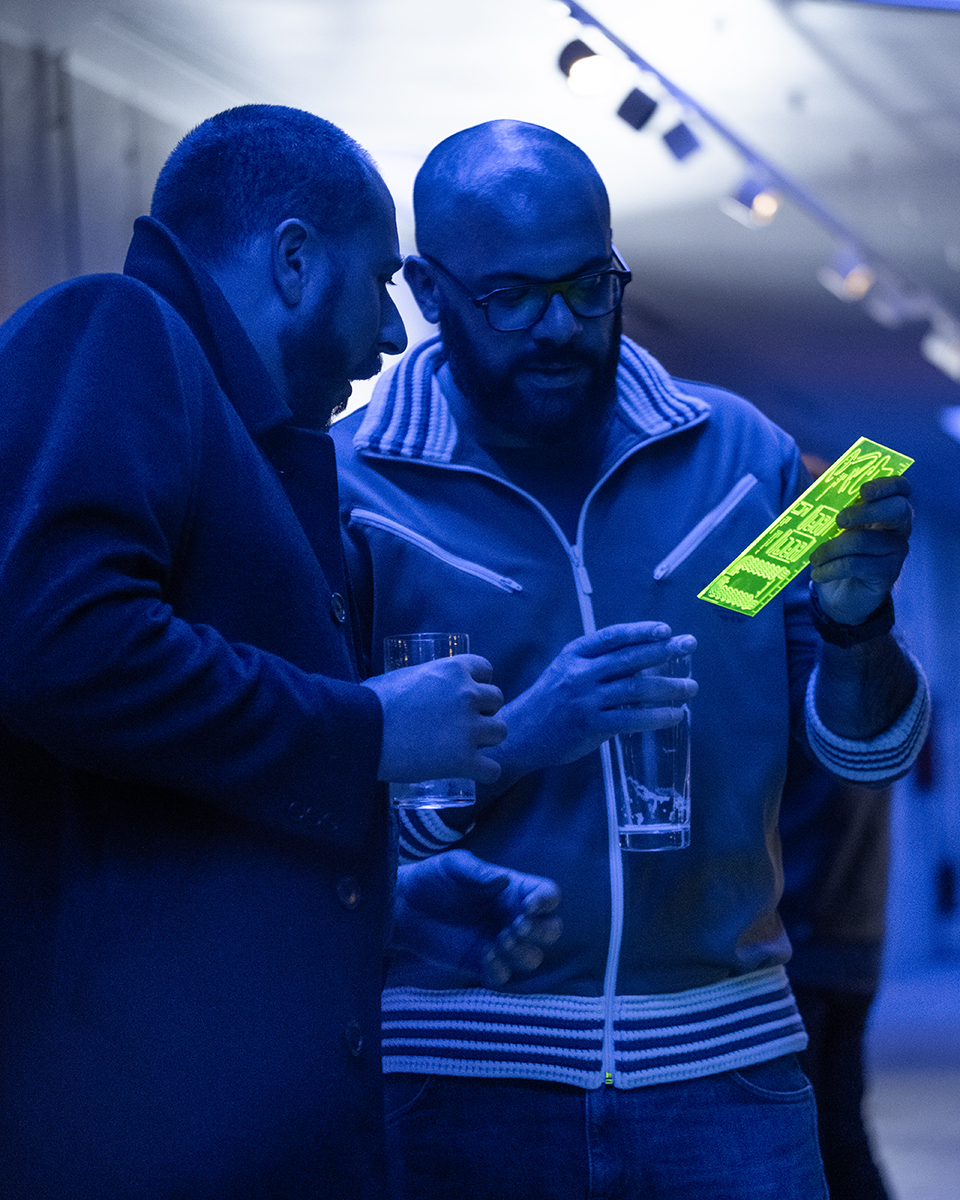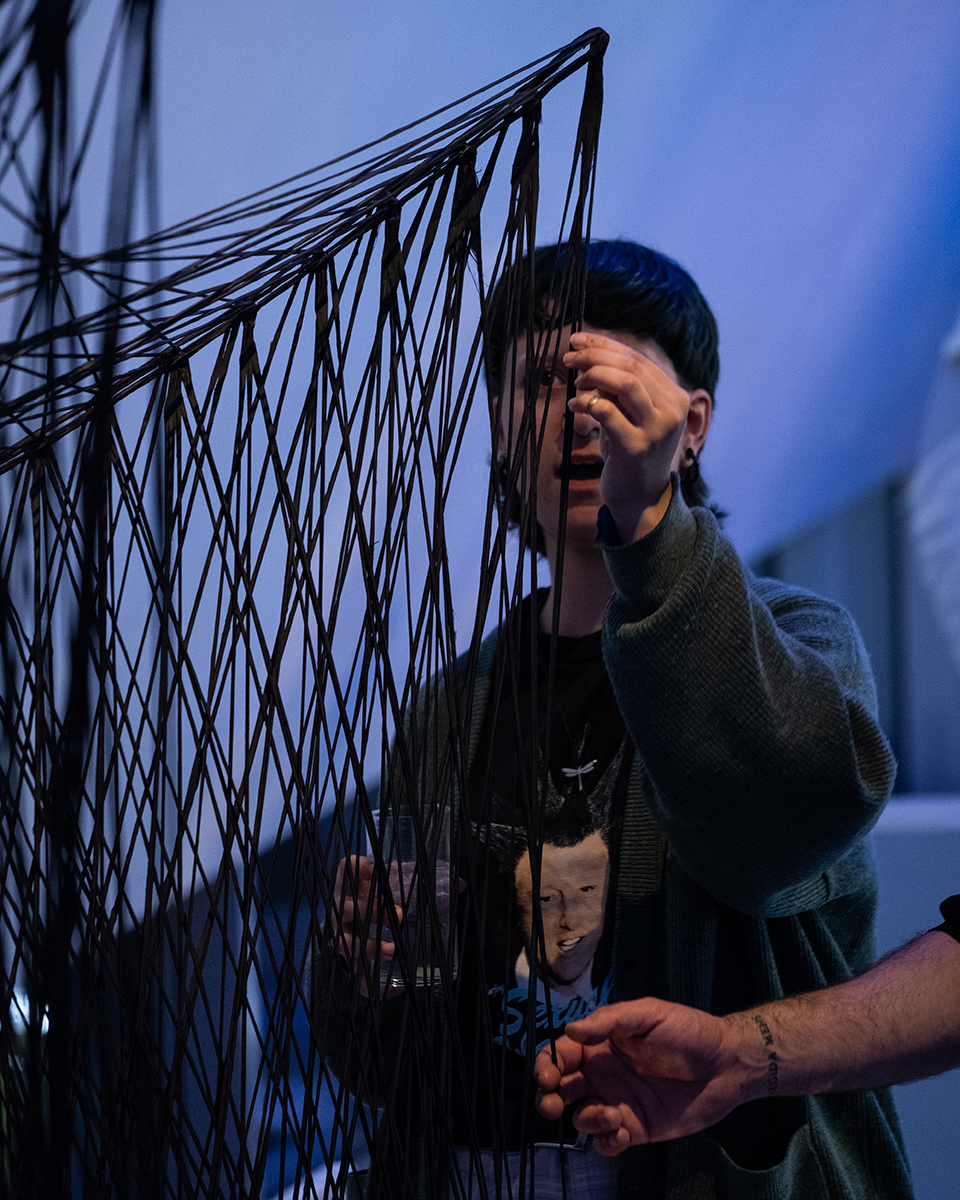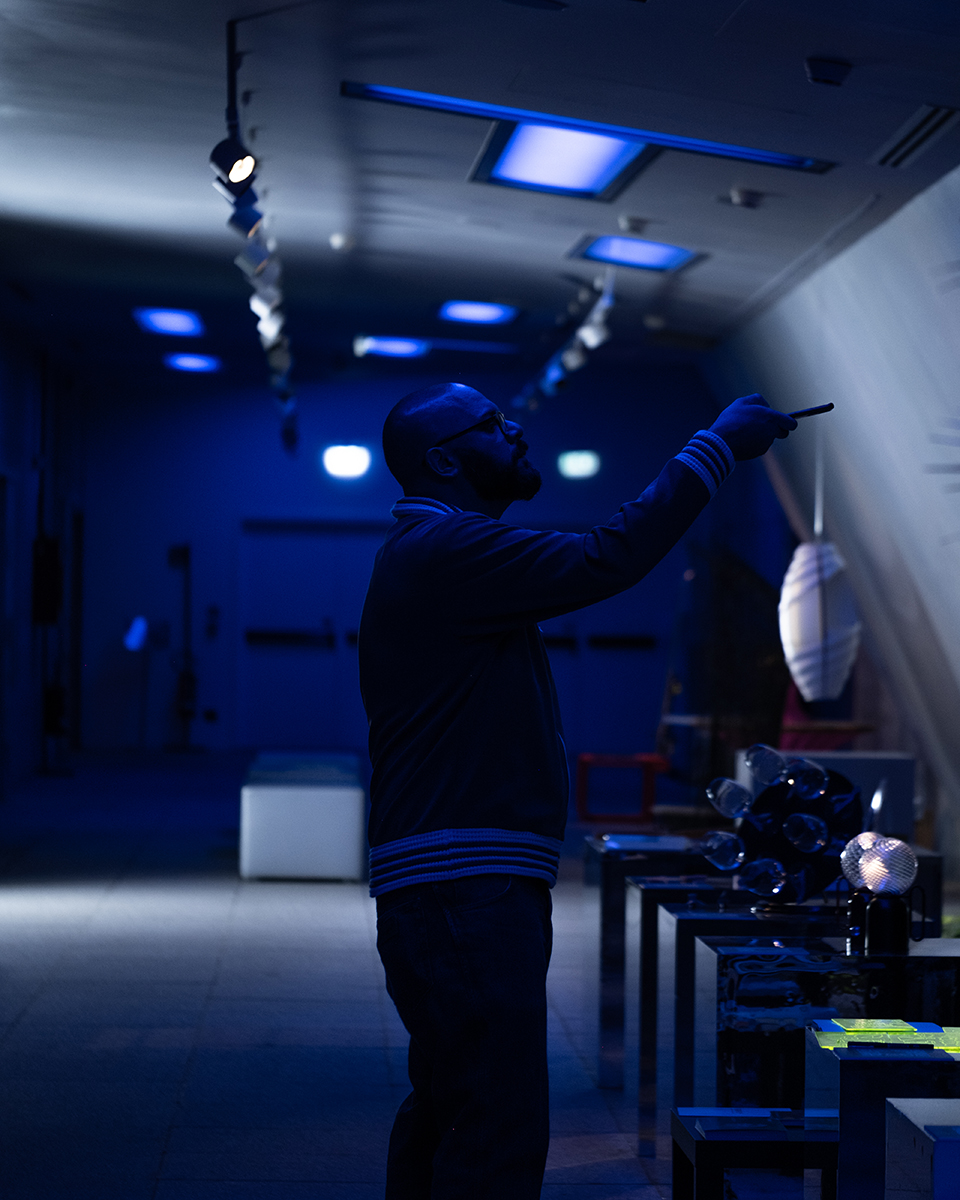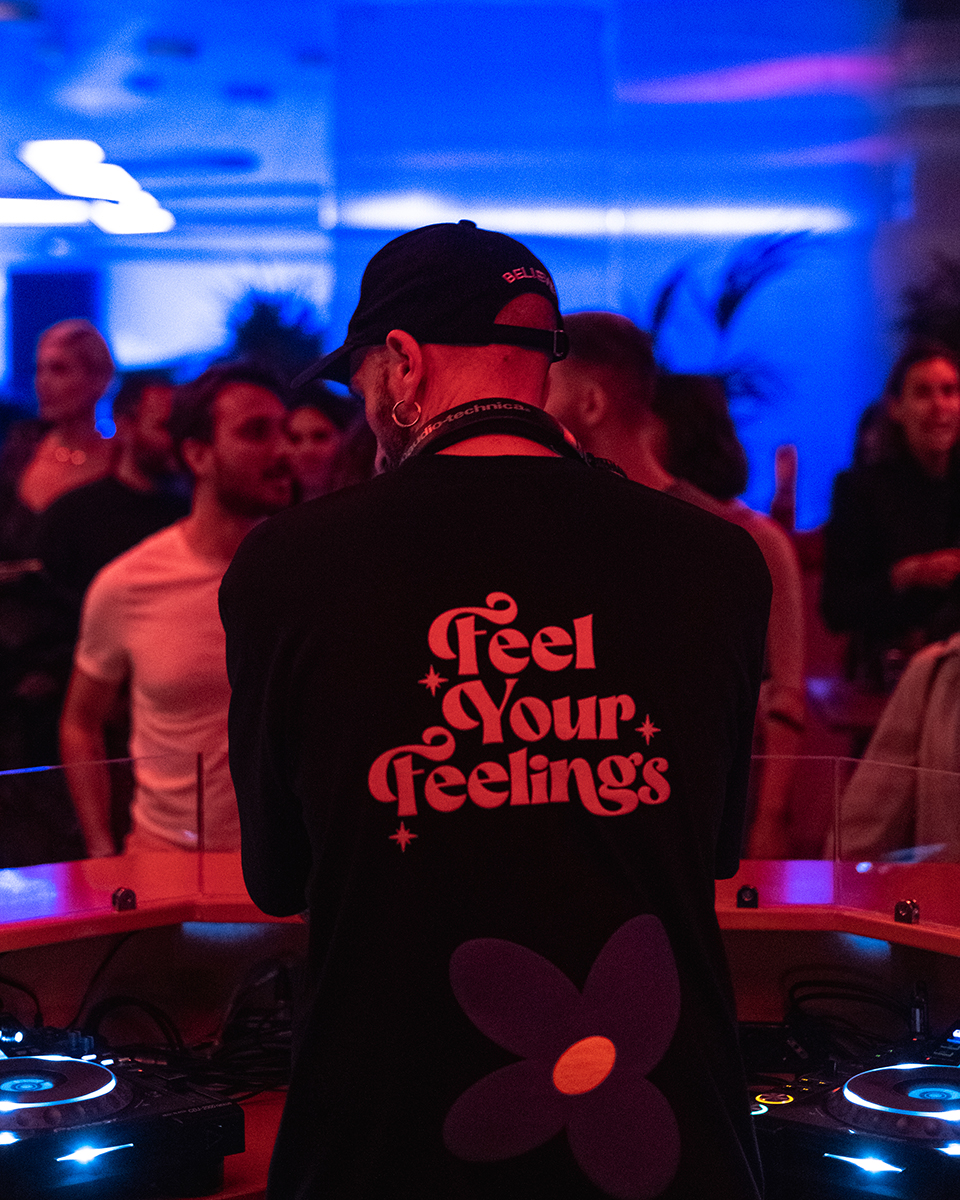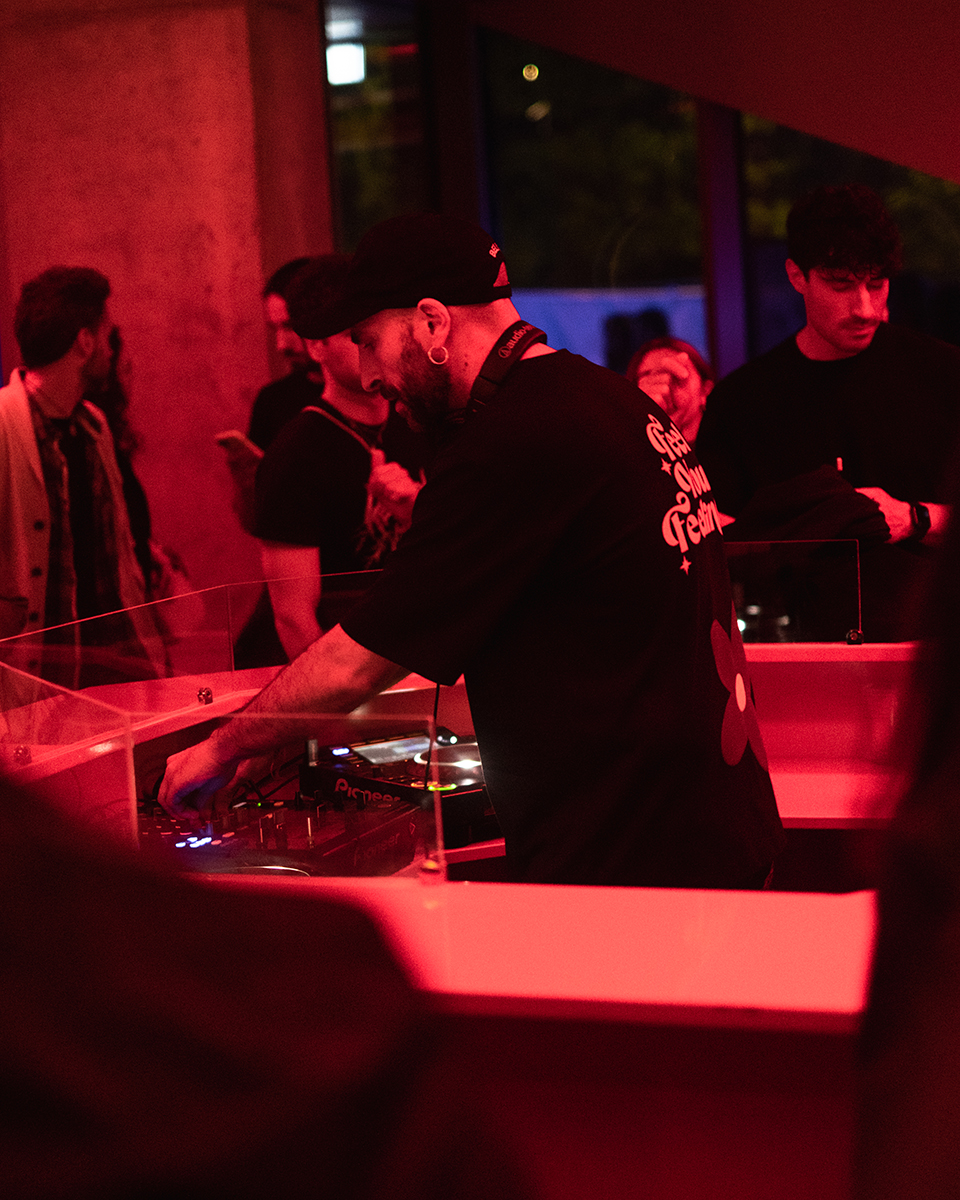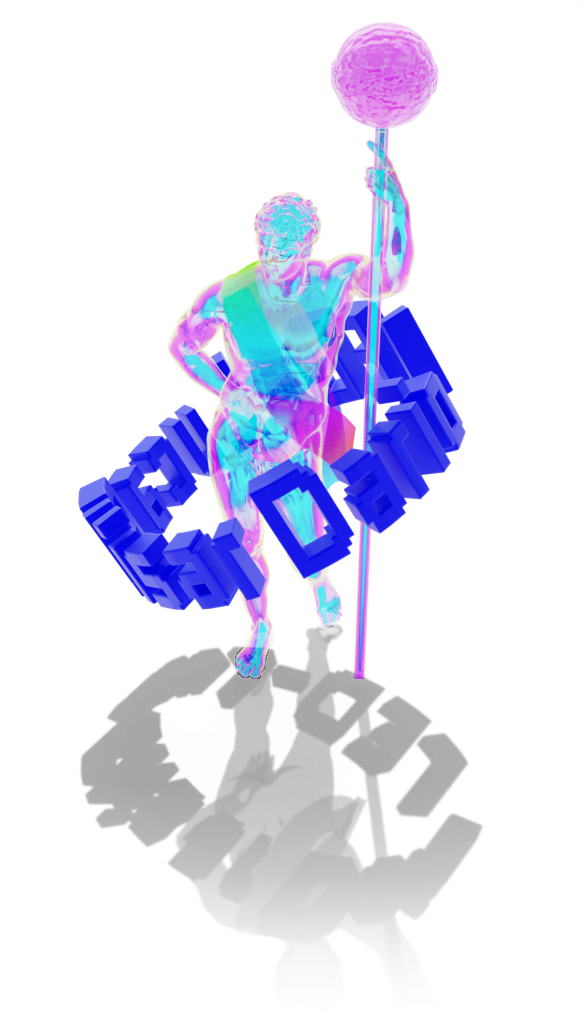
“Design After Boundaries”
Augmented reality that breaks down the barriers of space and time
The projects developed by designers and companies overlap with the surrounding environment and can be viewed in augmented reality on smartphones through Instagram or Facebook filters, saved, and relocated elsewhere to break down the barriers of space and time, thus generating a potentially infinite number of new exhibition levels in a boundary-less dispersed exhibition. 30 activating QR codes, called Pixels, are distributed in strategic points throughout the city, with each corresponding to a specific artwork. The project unfolds on the border between the physical and digital world, in a hybrid dimension called “phygital,” which serves as an experimental research ground for participating designers and companies, including Provasi, Giulio Iacchetti & Genesio Pistidda, MARBLE, Guglielmo Gasloli, and Cemento Line.
Design projects integrate with the environment, accessible via augmented reality on social media platforms. The works can be saved and relocated, expanding exhibition possibilities beyond physical limitations. With 30 QR codes strategically placed throughout the city, each corresponding to an artwork, the “phygital” project blurs the line between physical and digital realms, offering an experimental space for designers and companies like Provasi, Giulio Iacchetti & Genesio Pistidda, MARBLE, Guglielmo Gasloli, and Cemento Line.
“Design After Generation”
the role of AI on display
AI revolutionizes creativity, empowering designers, artists, and authors. The exhibition by D.O.S. Design Open Spaces and Simplex, in collaboration with Amsterdam University of Applied Sciences, explores AI’s pivotal role in the nexus of nature, humanity, and objects. Divided into three sections, it examines human-AI communication, AI-generated poetic landscapes, and sustainable, technologically evolved design. Featured works include iconic pieces revisited by AI, such as Castiglioni’s Arco and Taccia lamps, Pesce’s Up seats, Ferrieri’s modular storage, and Le Corbusier’s LC2 armchair.
Artificial Intelligence (AI) is revolutionizing creativity, providing new tools for designers, artists, and authors to facilitate their work. The exhibition, organized by D.O.S. Design Open Spaces in collaboration with Simplex and the University of Applied Sciences in Amsterdam, explores the critical role of AI in the dialogue between nature, humans, and objects. The exhibition, titled “Design After Generation,” hosted at Isola SET, is divided into three sections. “AI and Humans” analyzes the communication between humans and AI, replacing language with prompts and reflecting on the importance of maintaining a human perspective in the human-machine relationship. “AI and Nature” presents landscapes generated from poetic texts, representing the beauty and complexity of nature. “AI and Object” reimagines iconic design pieces considering sustainability, technological evolution, and ergonomics. The AI-revised works on display include the Arco and Taccia lamps by Pier Giacomo Castiglioni, the Up seats by Gaetano Pesce, the modular storage units by Anna Castelli Ferrieri, and the LC2 armchair by Le Corbusier.
Arco > Curve
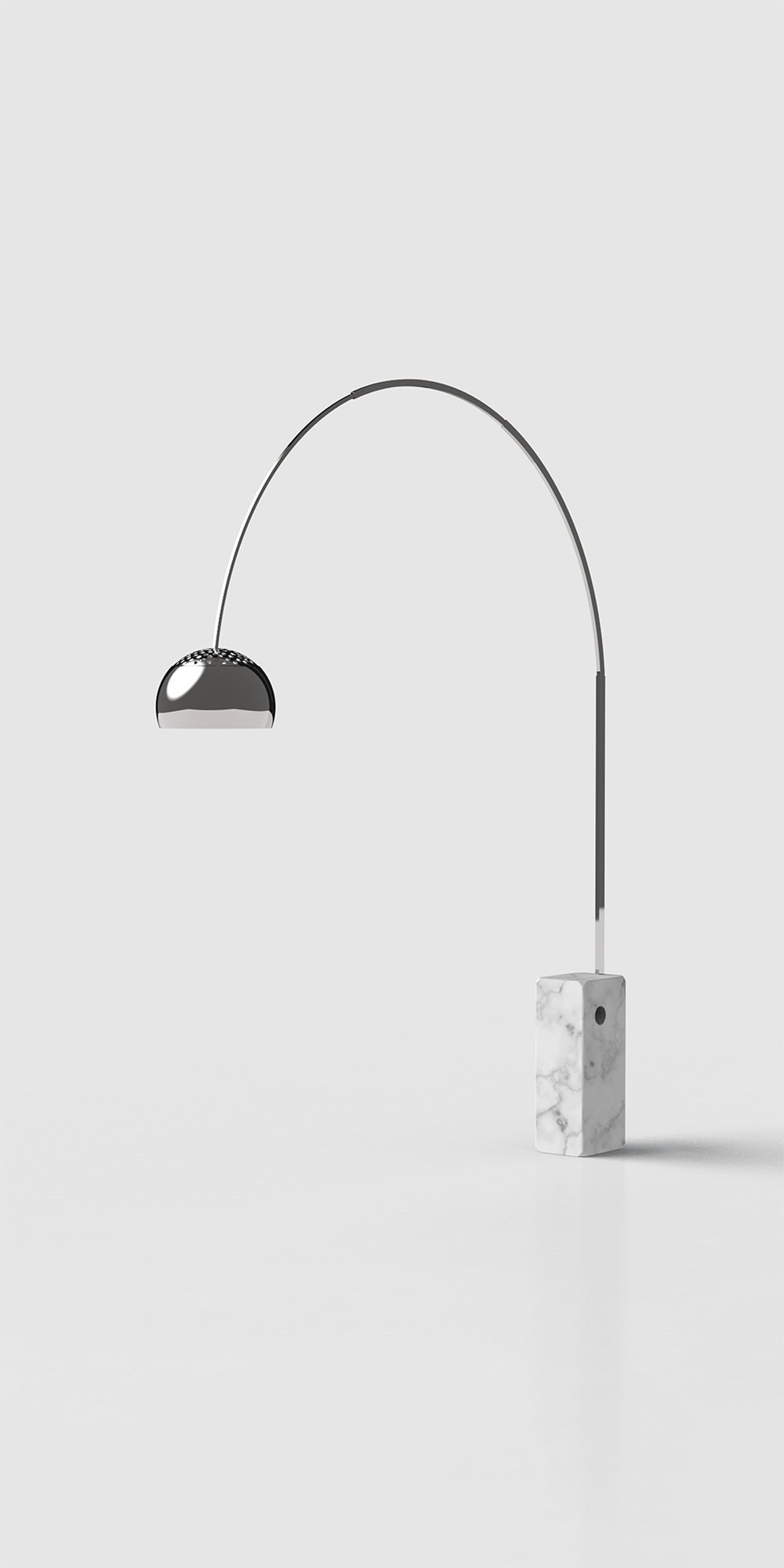
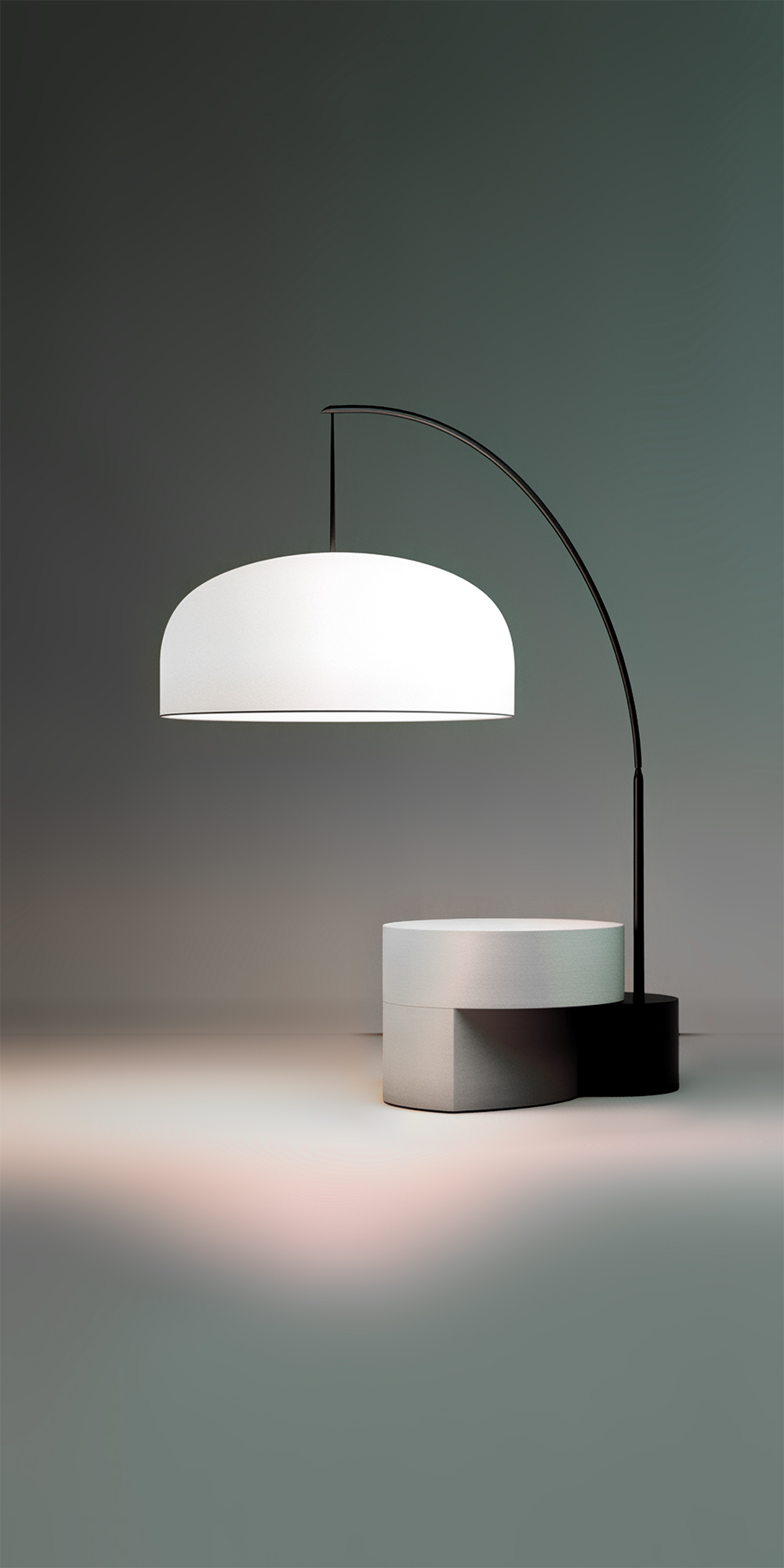
Componibili > Modulite

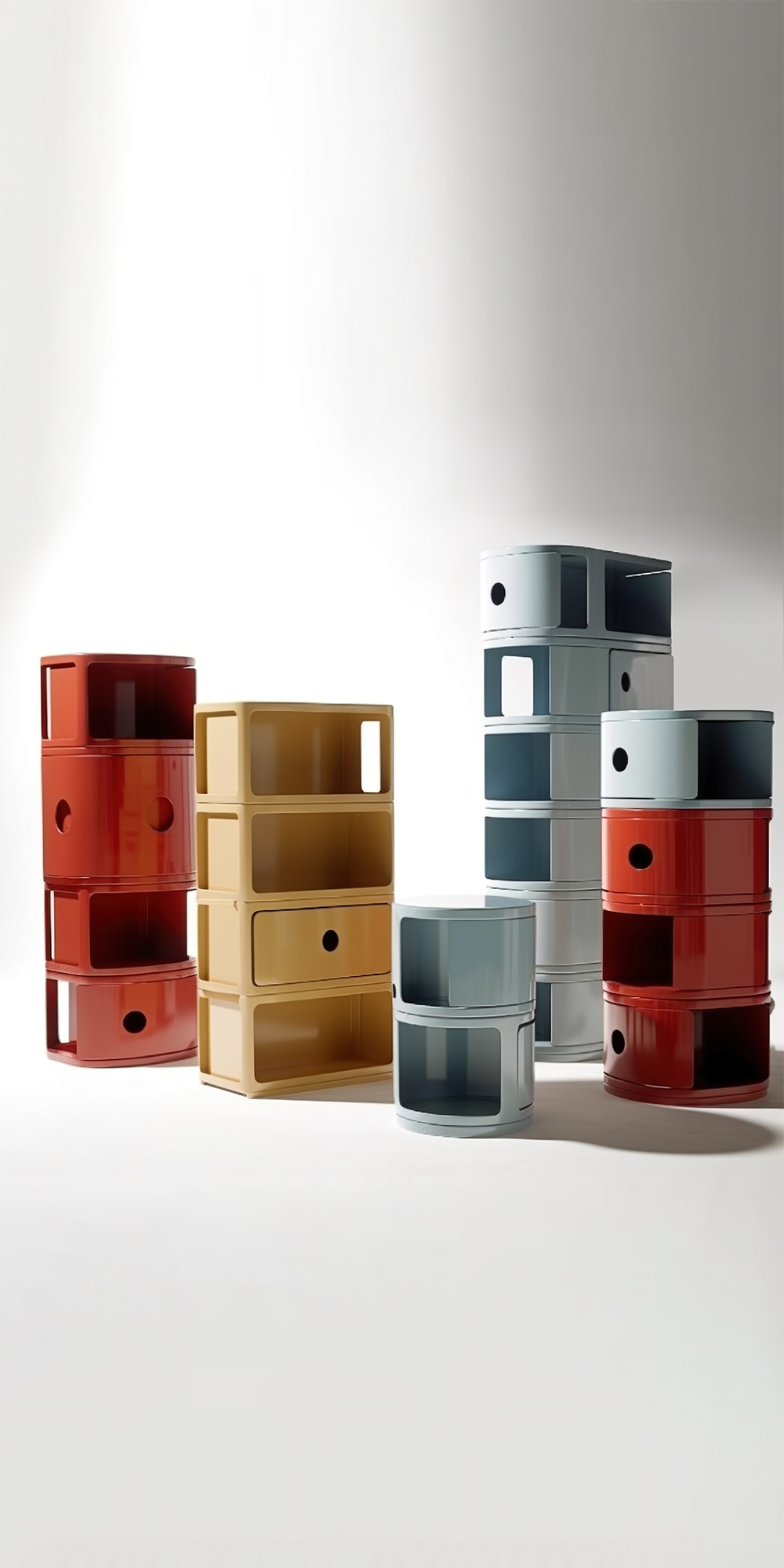
Up > Amoba
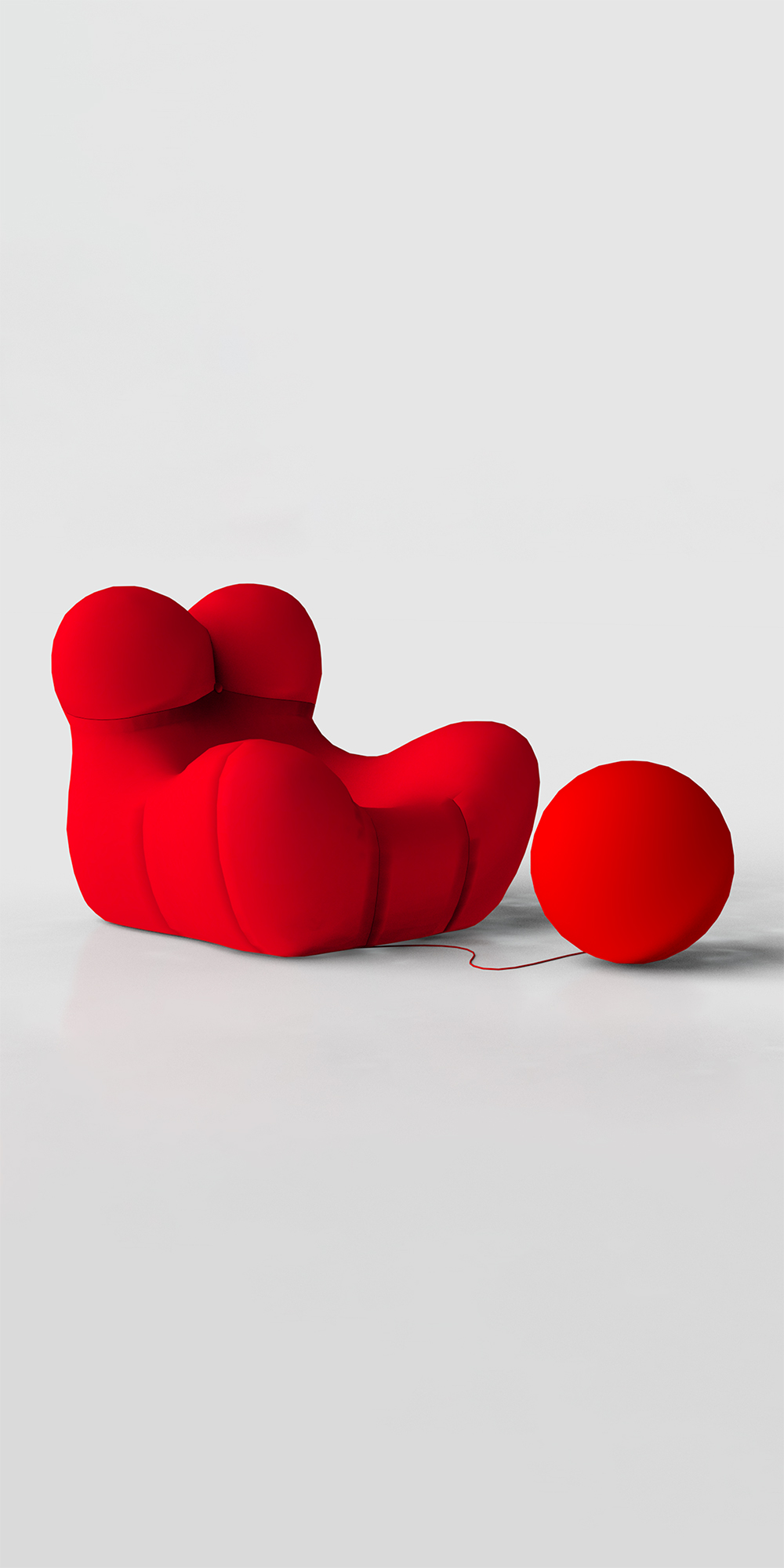
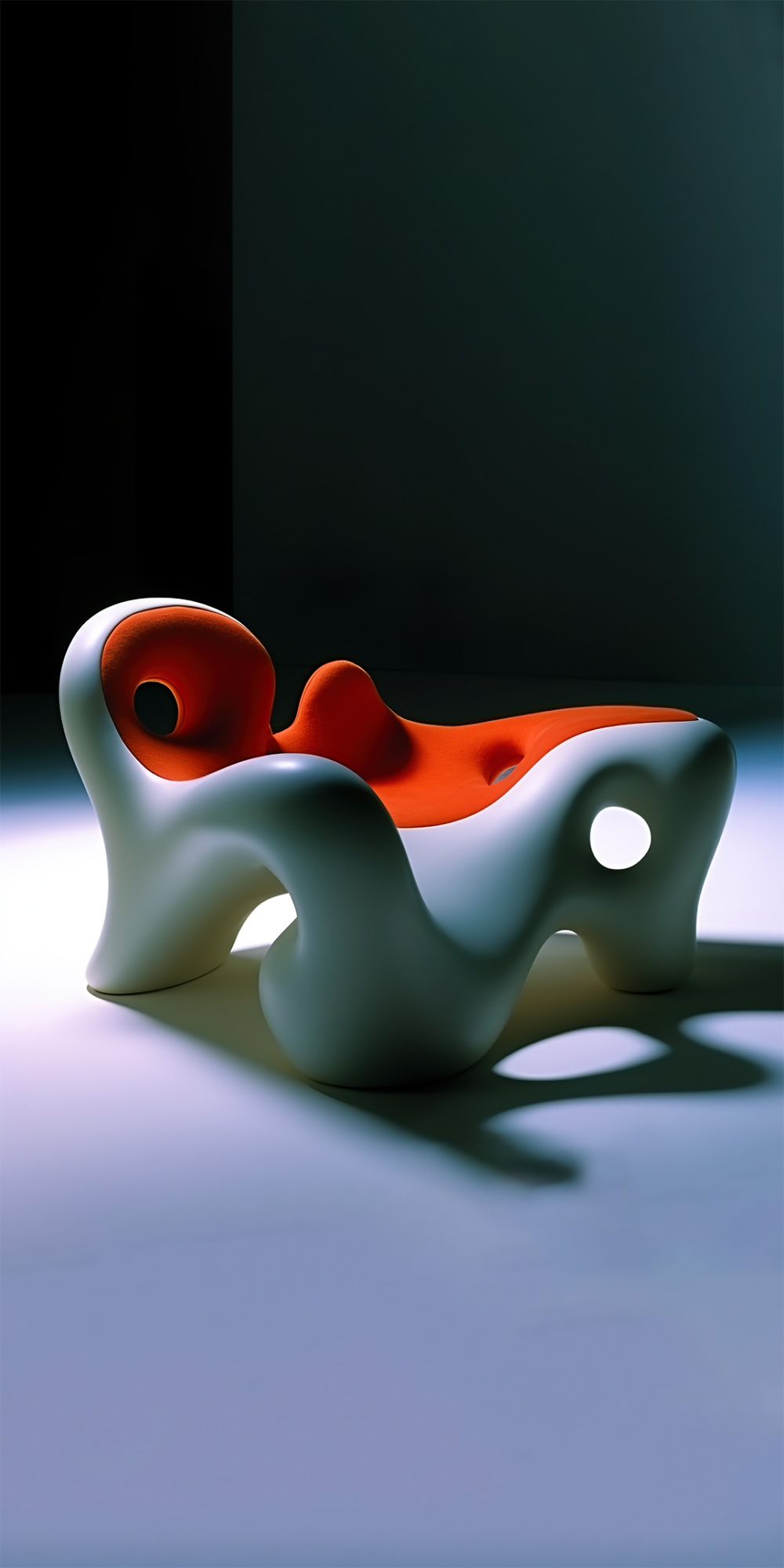
Lc2 > Lc2.0

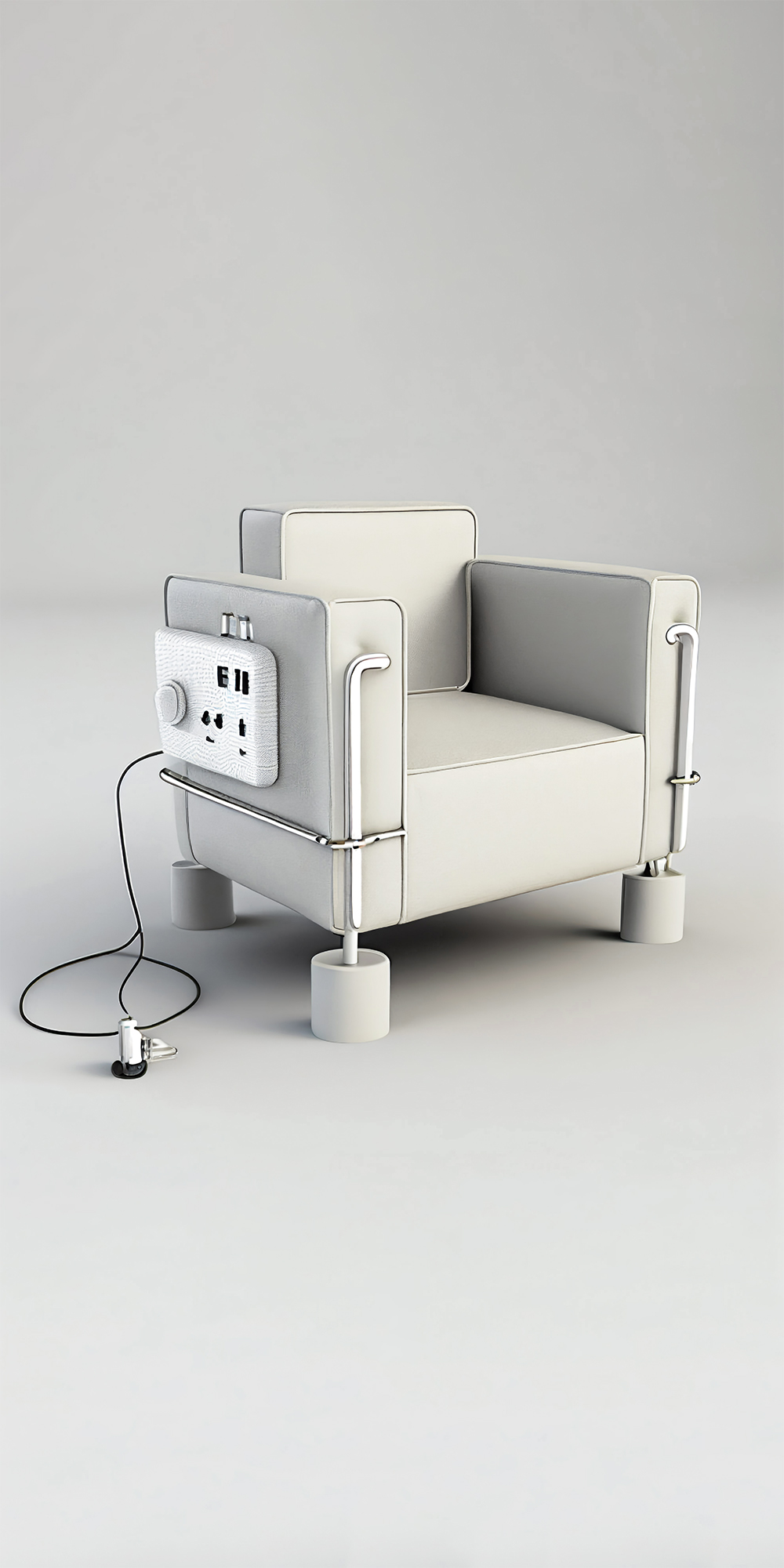

Scan the QrCode to try one of the augmented-reality experiences

“Design After Production”
Imagining the future of design
From AI-driven design to a return to tradition, an exhibition to explore the diverse perspectives of the future of design. In an era of profound changes, the world of design is also compelled to confront the challenges of the contemporary. On one hand, there is the ever-aincreasing pursuit of technological tools, where the role of humans is questioned or reevaluated. On the other hand, there is the “tradition”: the rediscovery of traditional techniques and purely natural materials with zero environmental impact, which require time and processes to be rediscovered and made relevant once again. It is an obligatory investigation into the different approaches to the profession, not stopping at appearances but delving deep. Various realities in comparison, different materials, different approaches, different sensibilities: a diverse landscape that, in a fragmented and pervasive manner, seeks a conscious and tangible path to face scenarios that until now were only imaginable.
An exhibition explores the future of design, encompassing AI-driven innovation and a return to traditional techniques. In a changing world, designers confront contemporary challenges: embracing technology’s possibilities while rediscovering environmentally friendly practices. This investigation delves deep, examining diverse approaches and materials, seeking a conscious path to tackle unimaginable scenarios. A fragmented yet pervasive landscape of varied perspectives emerges.









